Fly rod, vest, fly box, and… First aid kit?
When we spend our days in the office, it’s hard not to start daydreaming about fly fishing. Where we’ll head to after work this Friday. Which fly rod we’ll be testing. Whether we’ve got enough 5x tippet. What flies we’ll tie tonight in preparation.
First aid doesn't usually factor into those daydreams. If you’re the same way, this blog’s for you.
We’ll preface this with a few disclaimers. First, we’re not experts in first aid or emergency response. Second, this is not so much a guide to first aid as it is a suggestion to dig deeper into the topic yourself. Some might think wilderness first aid is for guides leading expeditions into the boonies fifty miles from the nearest dirt road, but even at a popular fishing access sites you could be hours from a hospital. If you found yourself faced with a medical emergency on the river, would you know what to do until the ambulance showed up? Would you know what to do if no ambulance were coming? Hopefully, all your future fly fishing adventures will be peaceful trips to the river, only broken by the thrill of fighting the periodic monster trout.
But we know better, don’t we? Mother Nature is rarely so cooperative.
Why we fly fishermen should get certified in first aid:
You can read books. Watch YouTube videos. This blog will give you a starting point for how to address medical emergencies on the river, in the woods, or up the trail, but at the end of the day (just like learning to fly fish), there’s no substitute for good ol’ fashioned, hands-on practice.
As we established, fly fishing tends to take us well out of range of easily accessible emergency resources; After all, escaping civilization is kind of the point. But if you’re miles along on a float (and still miles from the car), how do you treat a drowned victim? If you’re fishing an alpine lake and your buddy trips and breaks an ankle, what are the next steps? How do you recognize the symptoms of heat stroke? Hypothermia? What do you do for each? Normal first aid courses won’t answer these questions; they’re designed for a setting where an ambulance arrives within minutes. But your ambulance isn’t arriving in mere minutes. Your ability to respond could be the determining factor in whether a patient lives or dies.
If you want to be well prepared for such situations, you really should consider a Wilderness First Aid (WFA) or Wilderness First Responder (WFR) course. Various organizations offer these, including SOLO, NOLS, the Center for Wilderness Safety, Wounded Bear Medicine, and the Mountaineers. They don’t come cheap—a WFA certification typically runs somewhere in the ballpark of $300 while a WFR course can be in the realm of $800 or more—and they’ll take anywhere from 2 to 12 dedicated days to complete. Do your research. Find a course near you in a price range you can afford. If you ever find yourself facing a serious injury in the backcountry with no cell service and limited resources, you’ll thank yourself for the investment.
If the price tag and time commitment simply aren’t viable, consider at least taking a CPR course. They’re often cheap, quick, and you’ll be developing a life-saving skill.
The first step is always safety.
Whether you’ve come upon a hiker nursing an injured knee on the side of the trail or you witness a fellow fisherman fall into the water and fail to resurface, your safety—as well as the safety of those you’re with—is the first calculation you need to make. The tendency in an emergency may be to focus on the injured party, but you need to take stock of your surroundings: where are the hazards? Will you, your patient, and others around you remain safe if you begin offering care? If the answer to that question is no, you need to reassess. Move everyone away from any immediate dangers. Point out hazards. Give direction to the people you’re with. Send a couple folks to get to somewhere with cell service. Always remember: you won’t be helping anything if you injure yourself in the act of helping someone else—especially in a wilderness setting.
What is the patient assessment system?
This is where we start getting into the meat of wilderness first aid. The patient assessment system (or PAS) is the foundation of every wilderness first aid course we’re familiar—and for good reason. If you learn these steps by heart, you’ll have a methodical means of addressing and reporting every medical emergency you come across in the woods.
The scene assessment in the previous section is actually the first step in this system, followed by a Primary Assessment (where you check for and tend to immediately life-threatening conditions) and Secondary Assessment (where you perform a more in-depth assessment of vital signs, injuries, and medical history).
Once you’ve decided that you, your companions, and your patient are out of any immediate danger, it’s time to start tending to the patient’s medical needs. This is done with the primary assessment, which follows a simple pneumonic: ABCDE. It’s important to do these steps in order. Your patient won’t thank you for stopping their bleeding (C) if they aren’t breathing (B). It’s also important to perform this assessment even if you don’t believe there are any life-threatening issues—sometimes you won’t know until you take a closer look.
A is for airway. As you approach the patient, you should be trying to assess their level of consciousness. Do they respond to you verbally? If so, their airway is open and functioning. If they’re unresponsive, you’ll need to check their airway yourself. Listen for air coming in and out of their mouth. Visually inspect their mouth and throat for any potential blockages. If there is a fluid blockage, roll them onto their side into what’s called the recovery position to allow fluid to drain from the airway. If they aren’t breathing, you’ll need to perform rescue breaths and get ready to initiate CPR if they have no pulse after the first couple of breathes.
B is for breathing. This is a natural continuation of the airway assessment. If the patient is breathing, take note of how they’re breathing. Is it labored? Sporadic? Normal? How many breathes per minute (bpm) are they taking? A normal breathing pattern should be somewhere in the range of 10 to 30 bpm.
C is for circulation. If you haven’t by this point, you should take a pulse. Note the quality of the pulse. Is it fast? Slow? Weak? Strong? If it’s nonexistent, you should initiate CPR. If they have a pulse, this is the time to do a general scan for bleeding—don’t forget to check under layers! If you find blood, apply direct pressure until the bleeding stops then dress the wound as needed.
D is for deformity. If you’ve gotten past the ABCs, you’ve likely cleared the most immediately life-threatening injuries. Now you’re looking for major deformities: misalignments, impaled objects, major pain points, etc. You’ll do a “chunk check”, palpating the major body parts and assessing for pain and deformity as you go. Keep in mind that spinal injuries are particularly serious. If you have an unconscious patient, always assume a spinal injury could have occurred. If the patient is able to tell you what happened, you’ll have to assess the likelihood of a spinal injury on the go. In either case, if a spinal injury is a possibility, you’ll want to keep the patient as still as possible. Take particular care to keep the head stable; if you’re with a group, it can be helpful to have another person hold the head in place.
E is for environment. This is a reminder to reevaluate your surroundings while taking into account the patient’s safety and comfort. Determine if you need to move them to a safer position. This could mean finding a shady spot if it’s a particularly hot day out or finding a way to get them warm and dry if its cold. At a minimum, consider finding a way to get them off the ground. Carrying a foam pad for such circumstances will take care of this in a cinch. If they’re awake, ask what you can do to make them comfortable. And of course, don’t forget to address your and your group's basic needs before moving on.
With the major life-threatening issues either crossed off the list or identified and dealt with, you can now begin the secondary assessment. This has four aspects to it:
Vital signs. This involves measuring and taking note of level of consciousness, respiratory rate and effort, heart rate, blood pressure, skin color, skin temperature, skin moisture, and pupil size and reaction to light.
Patient exam. A more detailed examination of the body from head to foot allows you to take note of the full extent of a patient’s injuries and make treatment decisions.
A “SAMPLE” history. Talk to your patient and get an idea of their reported symptoms, allergies, medications, past medical history, last “in” (food and water) and last “out” (poop and pee), and the events leading up to the accident. If you’re patient is unconscious, do the best you can to gather information.
Record keeping. In a WFR course, you’ll be taught to fill out a SOAPnote, which is a another pneumonic device meant to help you remember the four key chunks of information to write down: subjective information (what you’ve come to understand happened and the patient’s chief complaint), objective information (the results of the patient exam, your patient’s medical history, and their vitals), assessment list (a list of injuries/problems to treat), and plan (what are you doing for each of the problems listed?). The idea is that you’d be able to hand this off to any emergency personnel once they arrive, alerting them of what happened and what you’ve done so far to care for the patient.
Once you’ve gone through the steps of patient assessment, stabilized your patient to the best of your ability, and treated what injuries you can, it’s time to start planning how you’re going to get yourself and your patient back to civilization. If you need to leave your patient to go get help, ensure they have enough food, water, and warm layers for while you’re away. If they’re unconscious, roll them into the recovery position.
What does a fly fishing first aid kit look like?
How you stock a first aid kit will depend heavily on the location, activity, and duration of a given backwoods outing. As fly fishermen, there’s certain conditions that we’re more likely to come across or more susceptible to given the nature of our sport. Long hours in the sun can lead to sunburn, dehydration, heat stroke or heat exhaustion. Fishing in the mountains or on wet spring days can lead to hypothermia. Bushwacking along dense stream bottoms can lead to a tick collection. Wading over slick river rocks can lead to falls that end in sprains or fractures. And, of course, there’s the minor lacerations, cuts, bug bites and bee stings that come with the territory of existing outside. Fortunately, you can pack a reasonably compact first aid kit to help you address every single one of those situations. It might look something like this:
- Plenty of water
- A hat and sunglasses
- Long-sleeved, moisture wicking layers
- Warm layers
- Heat packs or hand warmers
- Aspirin, Acetaminophen, or Ibuprofen (pain and fever management)
- Pepto Bismol (for stomach upset and heartburn)
- Electrolytes (taken with water; great for diarrhea, vomiting, and heat-related issues)
- Benadryl, Claritin, Zyrtec, or another antihistamine (for allergic reactions)
- Anti-itch cream (for insect bites)
- Tweezers (for ticks)
- Band-aids (multiple sizes)
- Antiseptic wipes
- Antibiotic ointment
- Sterile gauze
- Ace bandage (for wrapping those sprained ankles or making splints)
- Medical tape
- Moleskin (for blisters)
- Scissors/EMT shears (a safer version of your pocket knife)
- Triangular bandages (great for making slings)
- Straps (helpful when splinting)
- CPR face-shield (for performing mouth-to-mouth rescue breaths)
- Gloves (for basic sanitation)
- Duct-tape (because it is universally useful)
- A quality case (for organizing your kit)
When you’re stocking your first aid kit, also keep in mind the number of days you’ll be out and how many people the kit will need to support. A multi-day float with your buddies might require more of the small things: basic medications, band-aids, and the like. If you’re making an evening trip to a popular fishing access site, you might carry a stripped-down version of the above. If you don’t want to fiddle with taking things out of or adding them back into a first aid kit for different scenarios, you can build out a day-trip kit and a “base-camp” or “truck” kit.

Whatever you decide to bring, remember this: it’s useless unless you know how to use it. Put another way, if you’re going to put the effort into assembling a first aid kit and carrying it, take the time to learn how to use its contents.
Buying a pre-built kit suitable for fly fishing:
If you are buying a pre-built kit, be sure to look at what’s inside beforehand. Not all pre-built kits are built alike, and it’s both frustrating and unhelpful to realize on the river that a given kit doesn’t actually contain what you need.
You may also be tempted to go for the cheapest option, but know that you’ll be getting what you pay for. A cheap kit likely won’t be very durable (which is a disadvantage when you’re talking about stuffing this into the bottom of a backpack, the side door of the truck, or the compartment of your drift boat) and it may not be useful for tending to more than your most basic scrapes.
You’ll also thank yourself for buying a kit (or case) that offers solid organization. Pockets and compartments are your friend. There’ll be plenty of stress to go around when a medical emergency occurs; a panicked digging spree in a bag of loose medical supplies probably won’t help soothe the nerves.
Compartmentalizing kits by use can be a helpful trick. Keep a small baggie with band-aids, antiseptic towels, antibiotic ointment, and basic meds ready for the everyday cuts and scrapes you’re likely to face most frequently. Have other pockets or baggies dedicated to more niche or extreme injuries. However you choose to organize, make sure your system makes sense to you.
Maintaining a first aid kit (and your first aid skills):
This is an easy step to forget. You’ve gotten your WFA certification. Check. You’ve bought or constructed a first aid kit. Check. You’re ready to hit the river and enjoy some good fishing. Fair enough, but don’t forget to occasionally examine the supplies in your kit for damage or expiration dates. Try to remember to replace anything that gets used (or is unusable) before you head out for your next adventure.
As for maintaining those skills, watching a video or reading up on common backcountry injuries every now and then is good practice. If you’ve taken a course and gotten certified in some form of wilderness first aid, remember that recertification courses are often available at a discounted rate.
Some additional first aid resources:
Not to be a broken record, but we’ll say it once more. The above is a rudimentary outline of the steps to take in a medical emergency when you’re out of reach of standard emergency services. It doesn’t replace an actual course. If the topic interests you, here’s a few videos for taking a deeper dive:
- Another example of the patient assessment system from NOLS: https://youtu.be/rzBTJp9NmH4?si=-dRsKIfMh4Irvufv
- A more detailed overview of vital sign assessment from the School of First Aid: https://youtu.be/8QyiyEA47RU?si=CSR39FYYhxQjpdbu
- Tips and tricks for thinking outside the box from GearJunkie: https://youtu.be/nnUQHKZqnkw?si=g3aT6oT7o5b123wz
- Tying a sling with Coast Wilderness Medical Training: https://youtu.be/Kg6CjiqFw9Y?si=LuFuS8Iar62vRuWE
- Splinting a leg with Coast Wilderness Medical Training: https://youtu.be/6aIGHR045hs?si=Wko90X4AoYKDEPzV
- Splinting a leg with the School of First Aid: https://youtu.be/CkfQoBgddQU?si=TEHuRuh1kA4mOdxn
If you’ve got a story about a time you’ve had to respond to a medical emergency while fishing, we’d love to hear it in the comments!
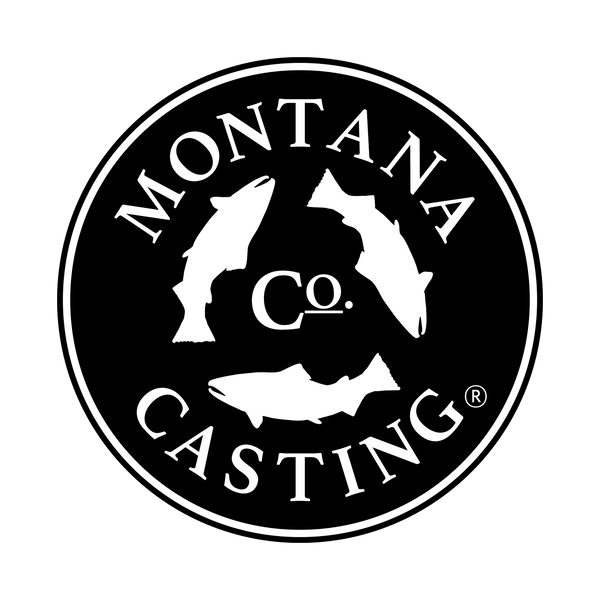

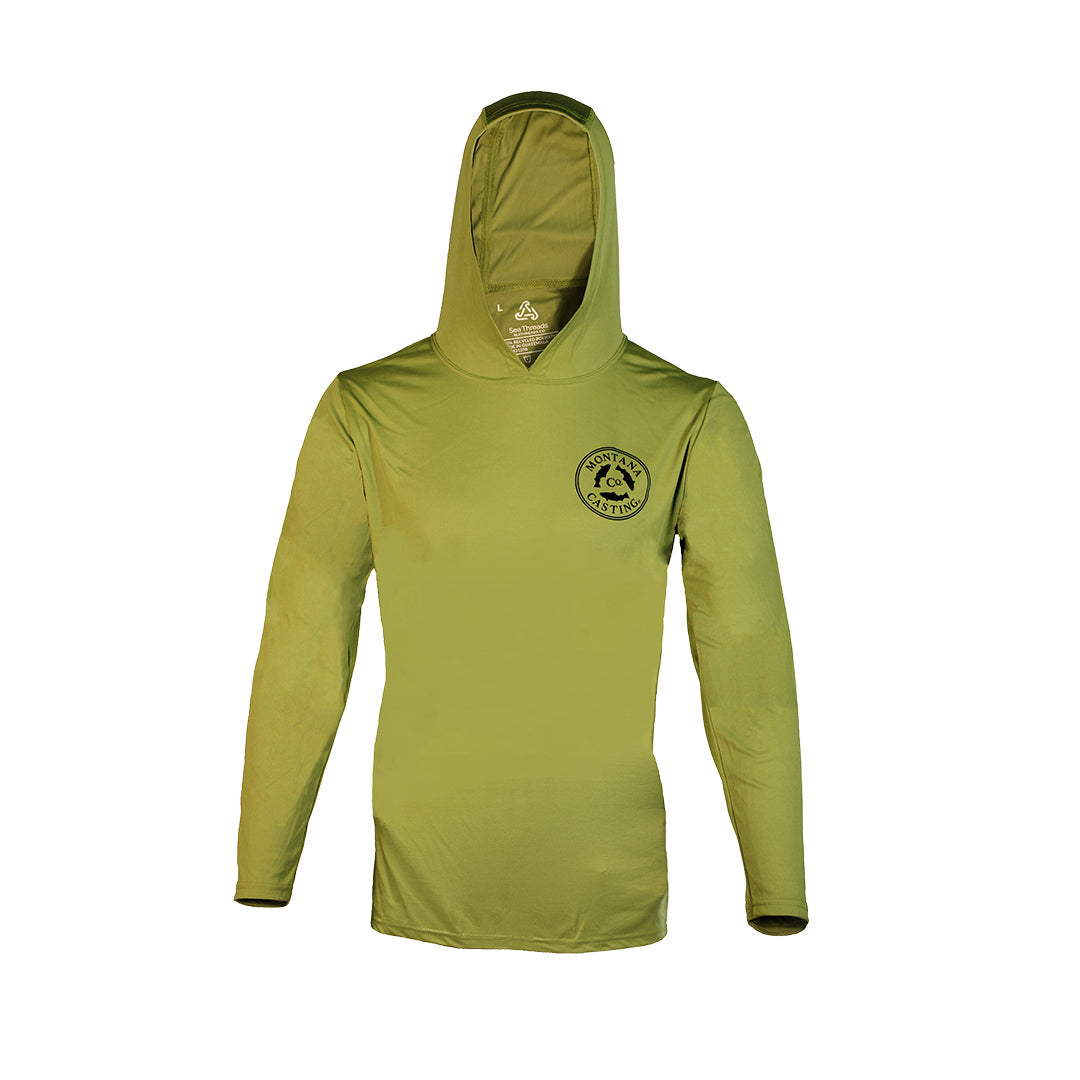
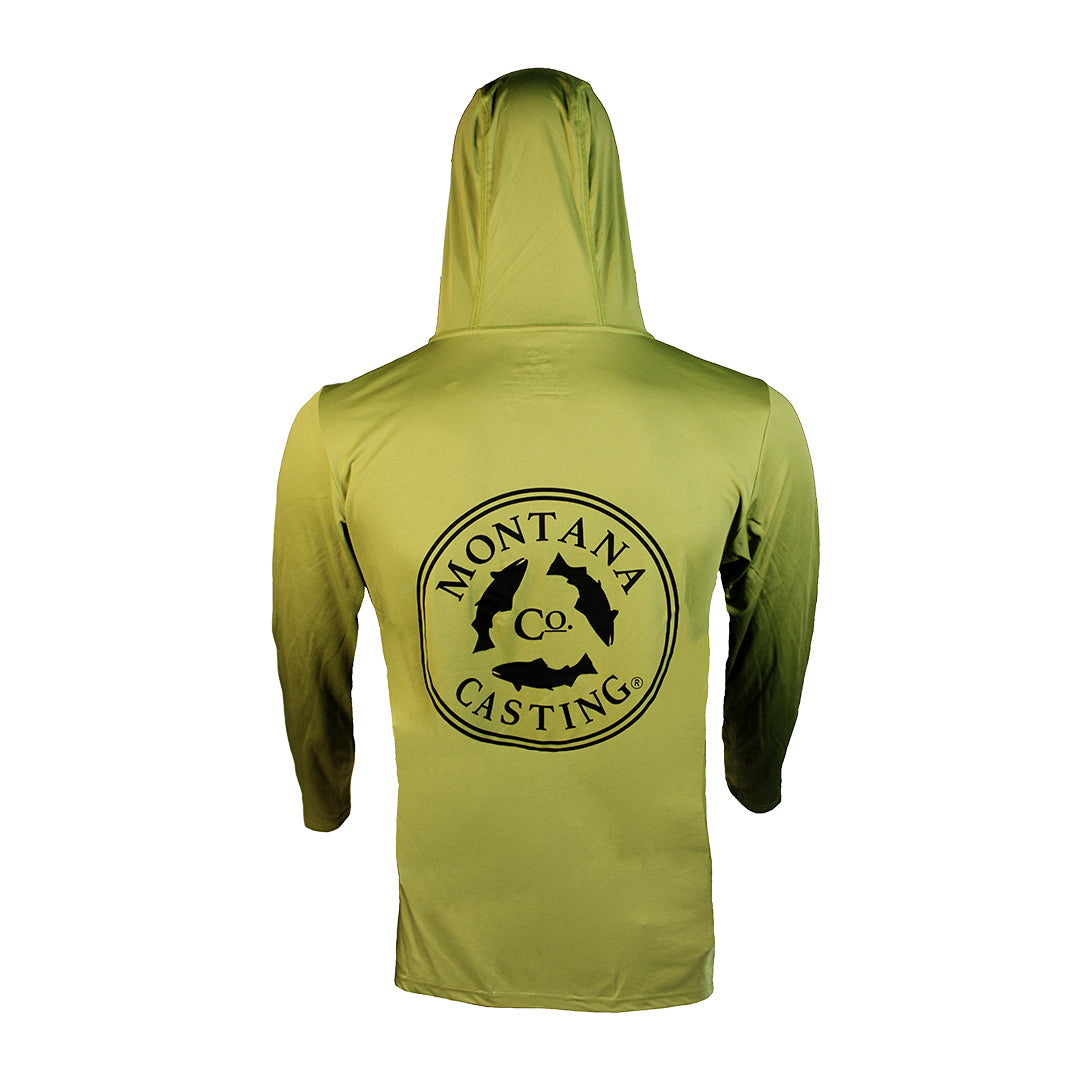
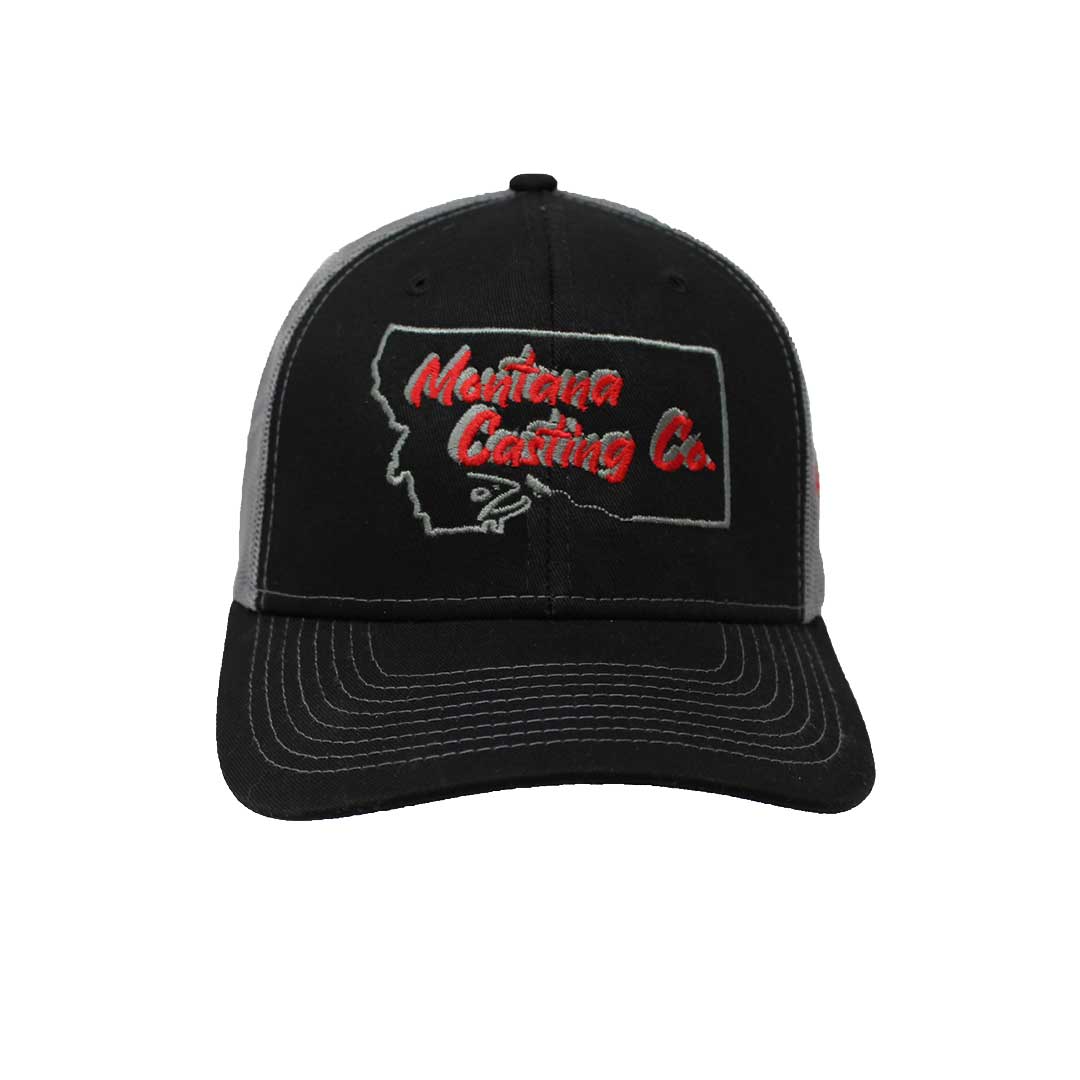
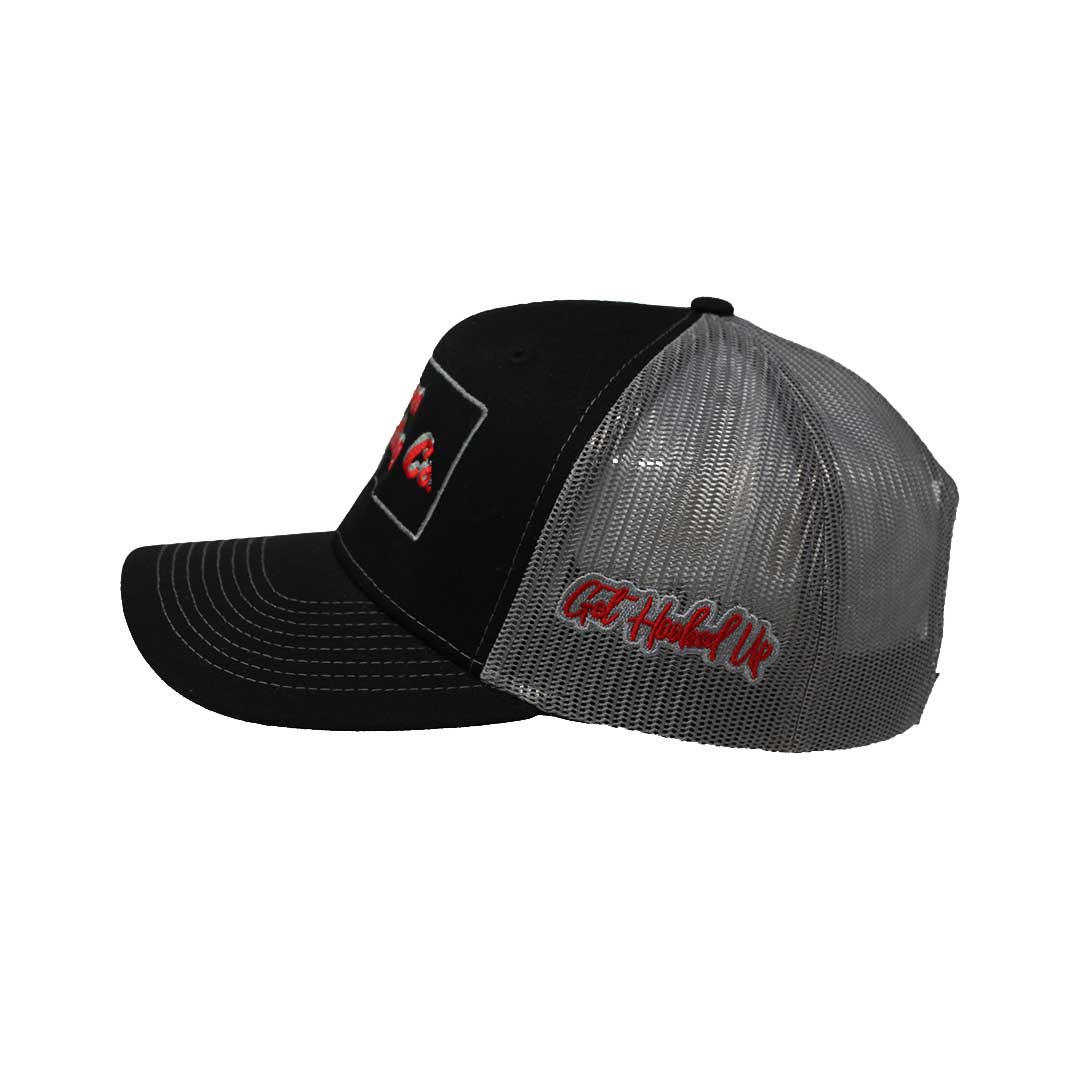
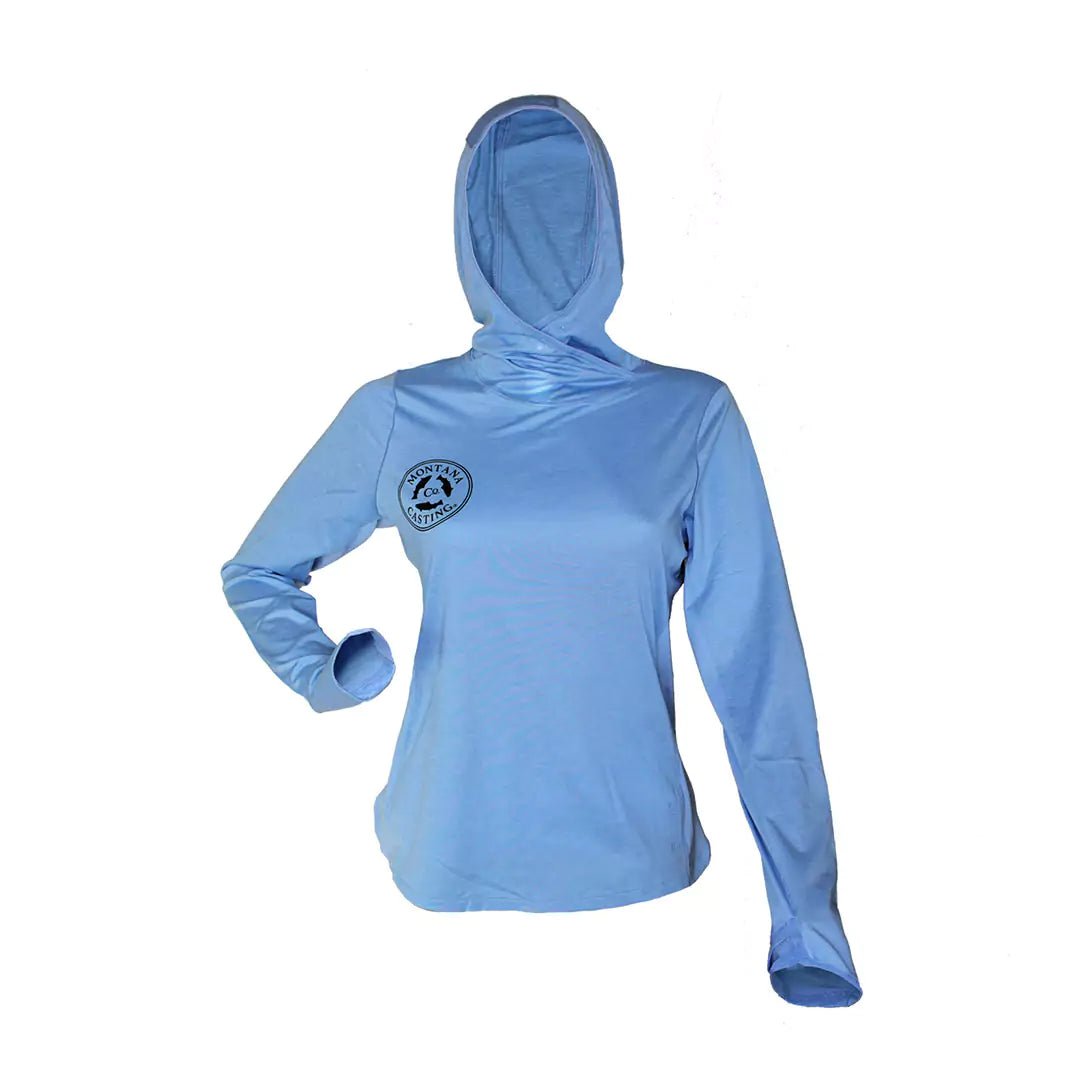
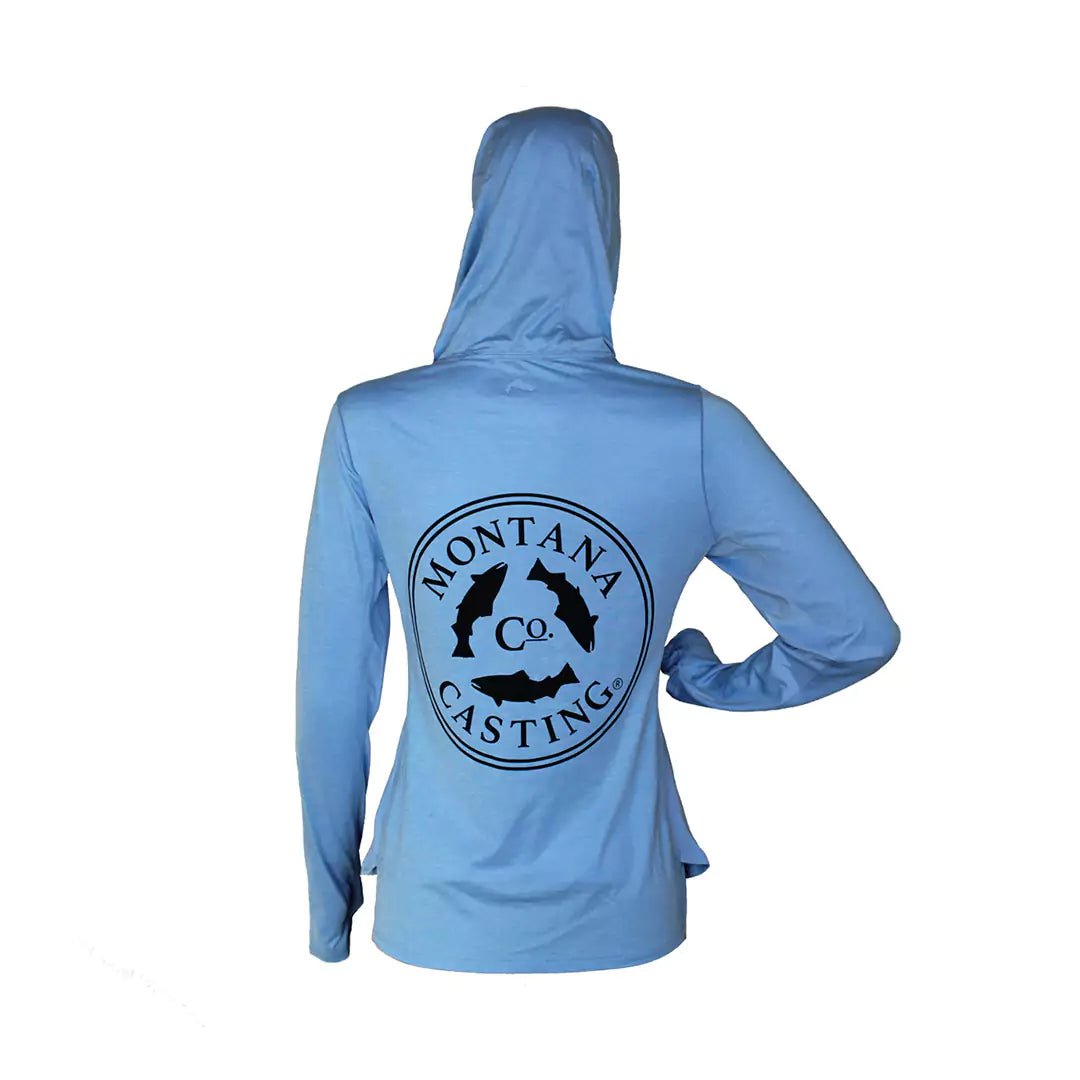
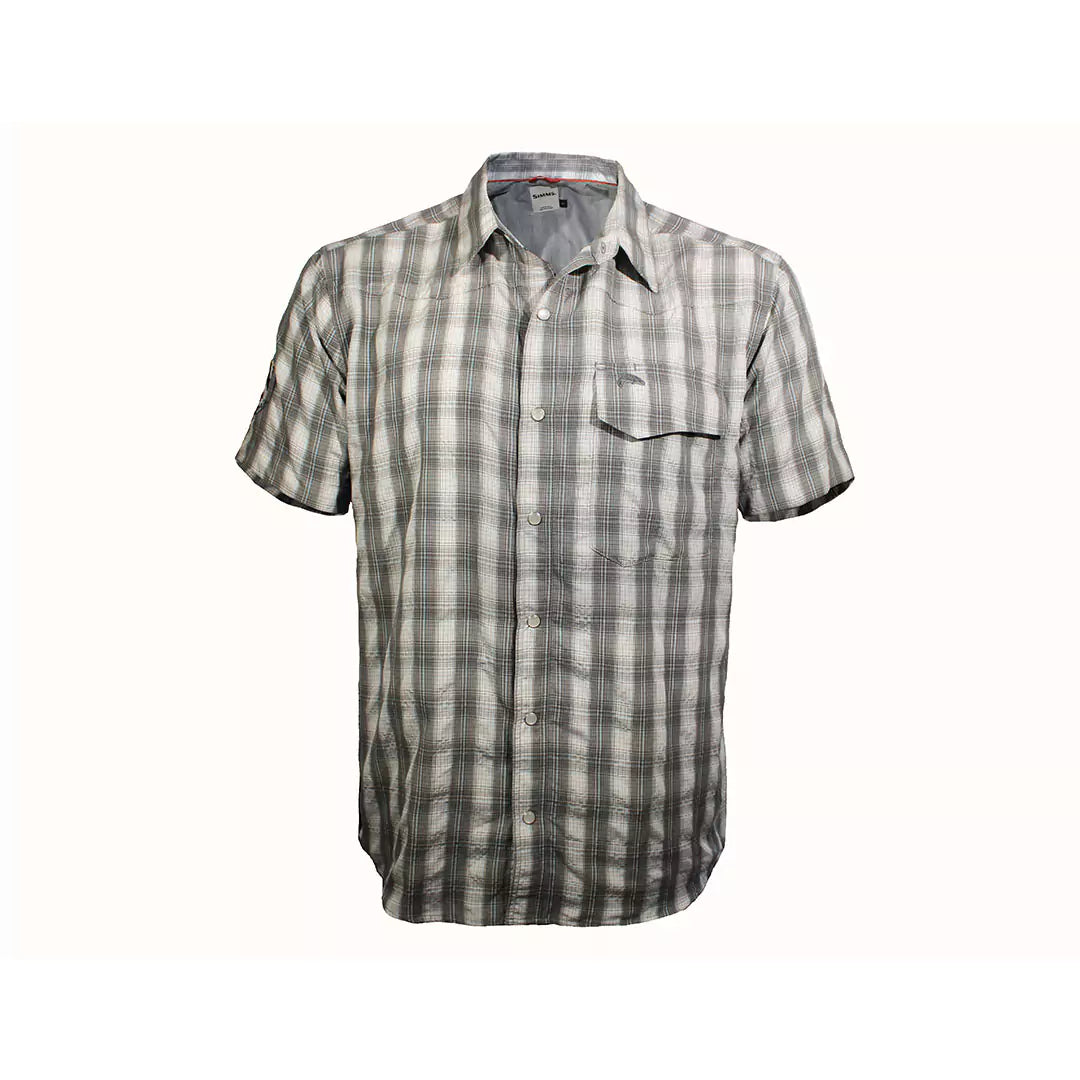
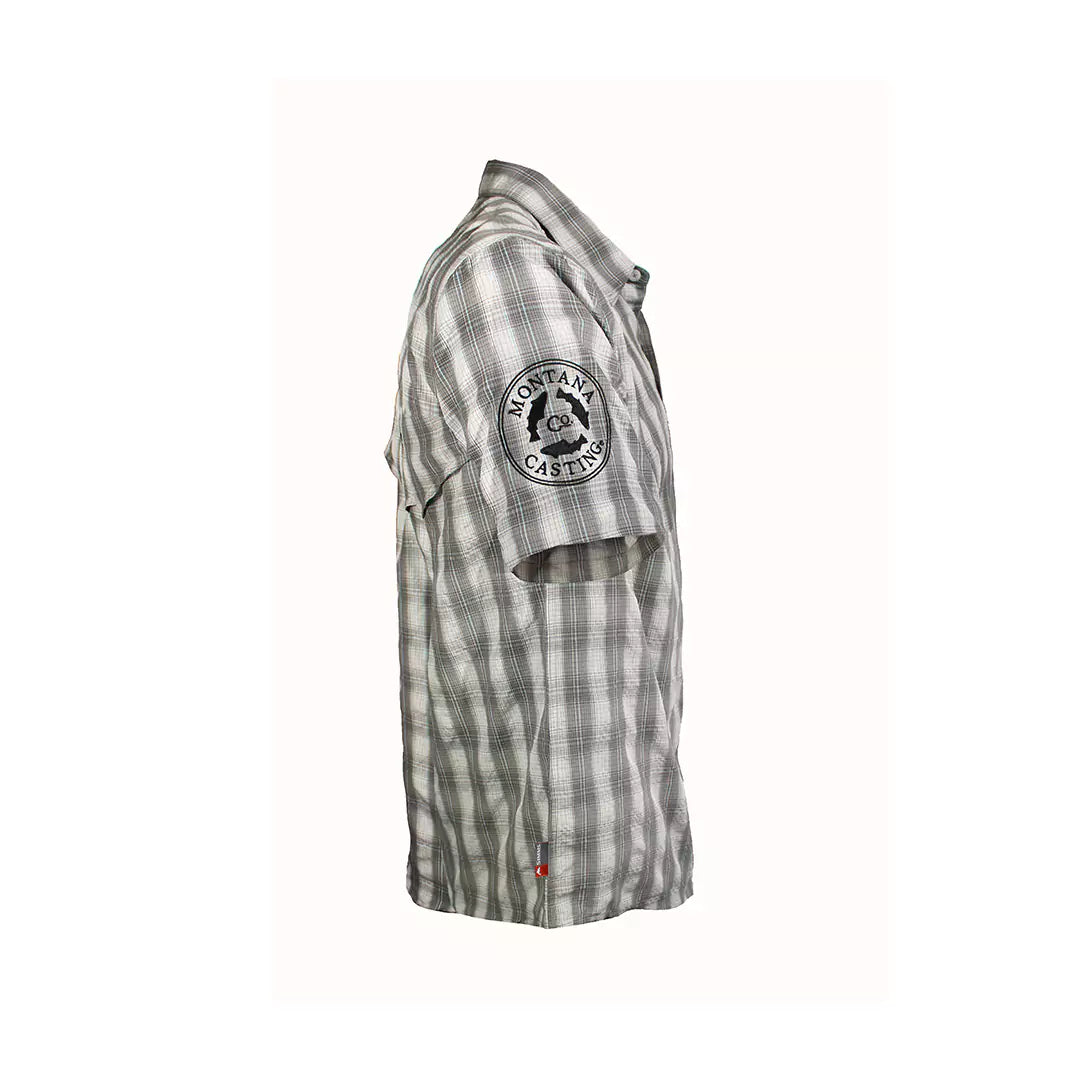
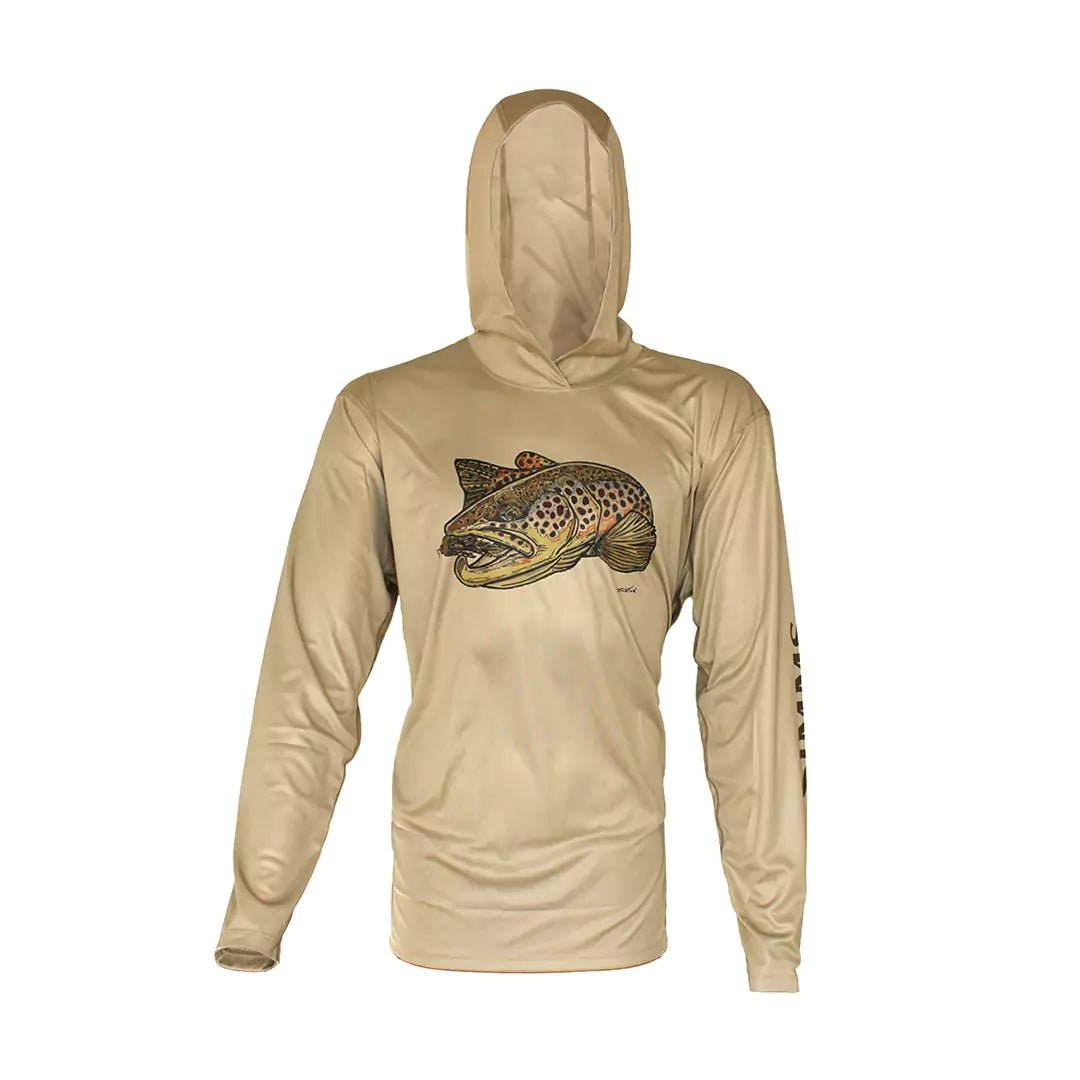
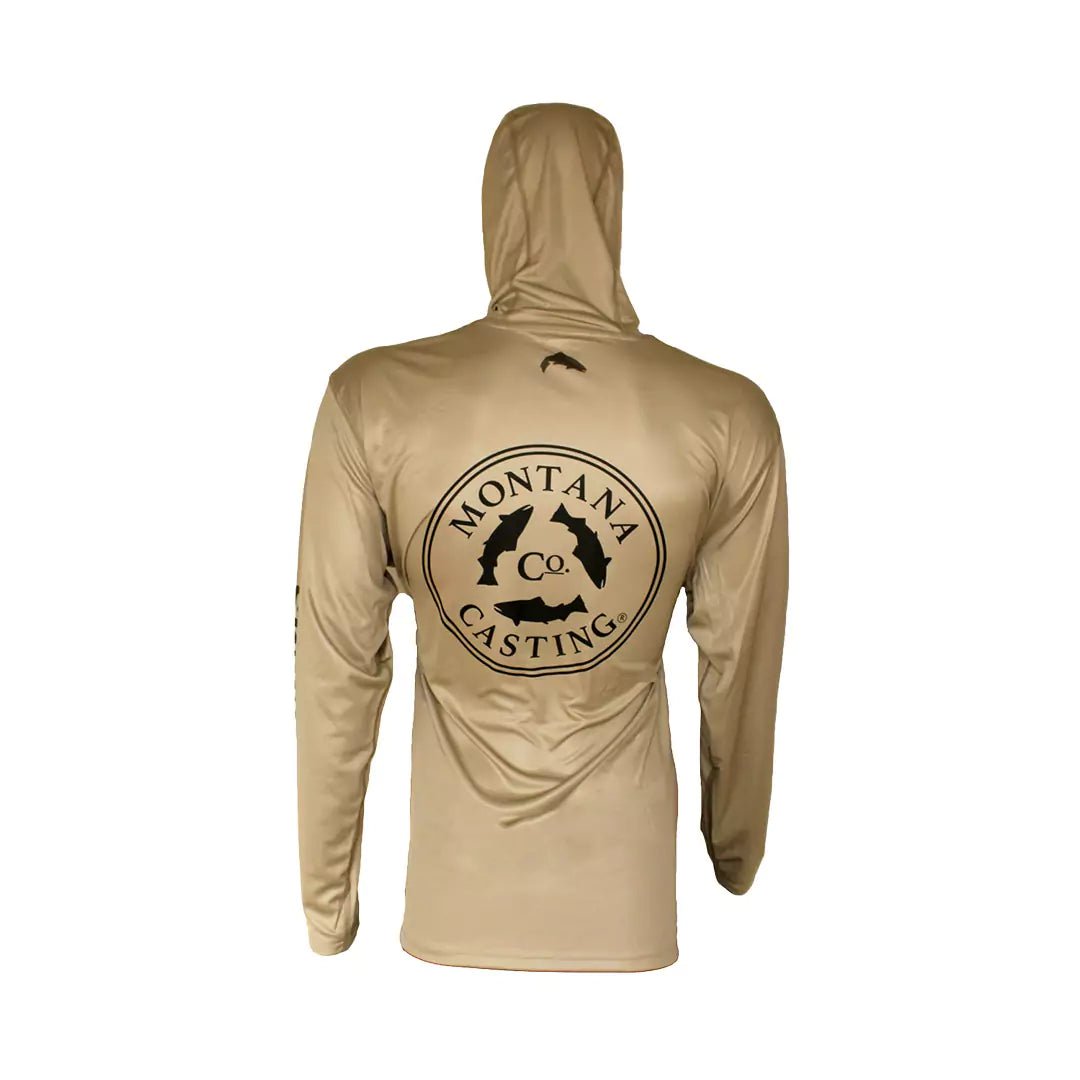
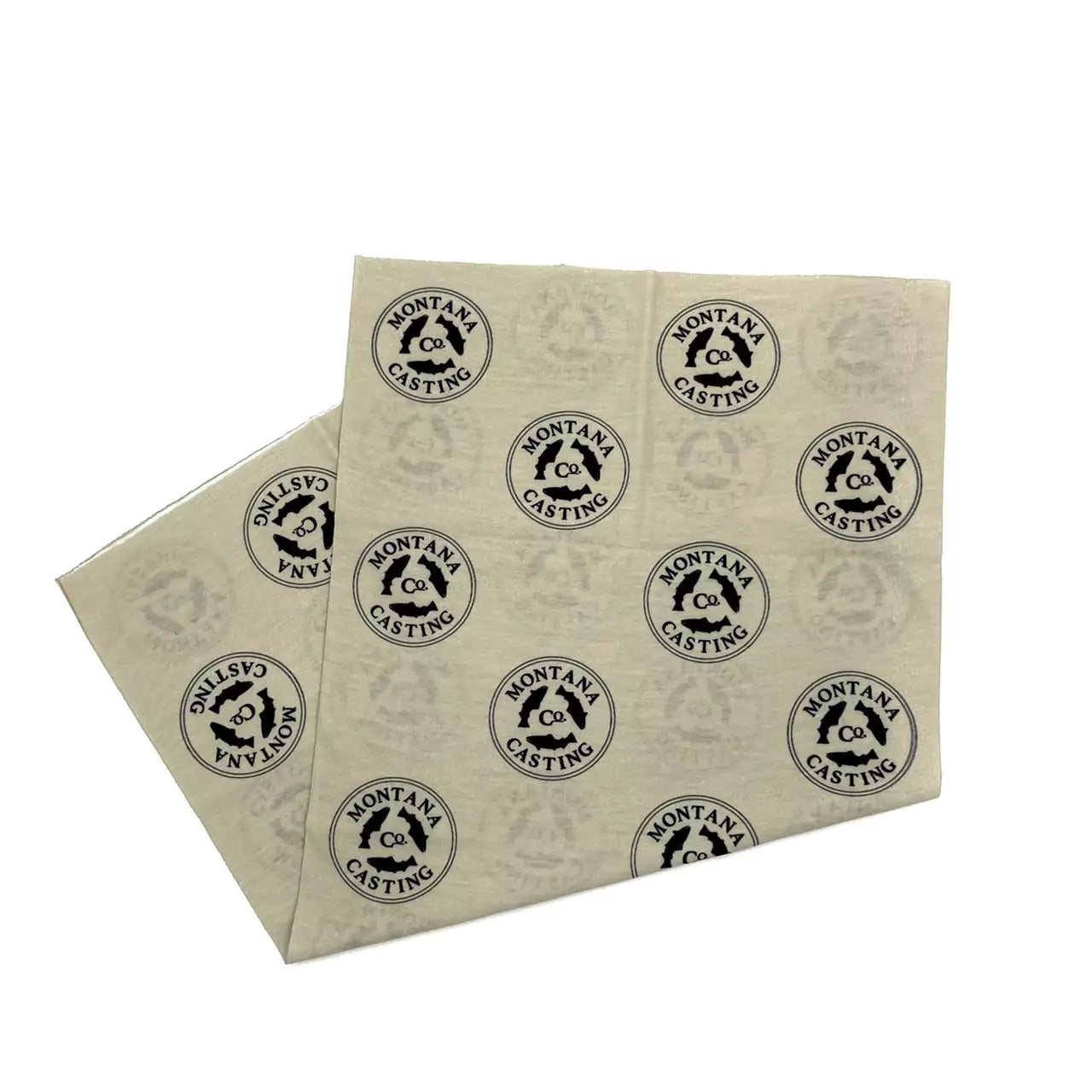
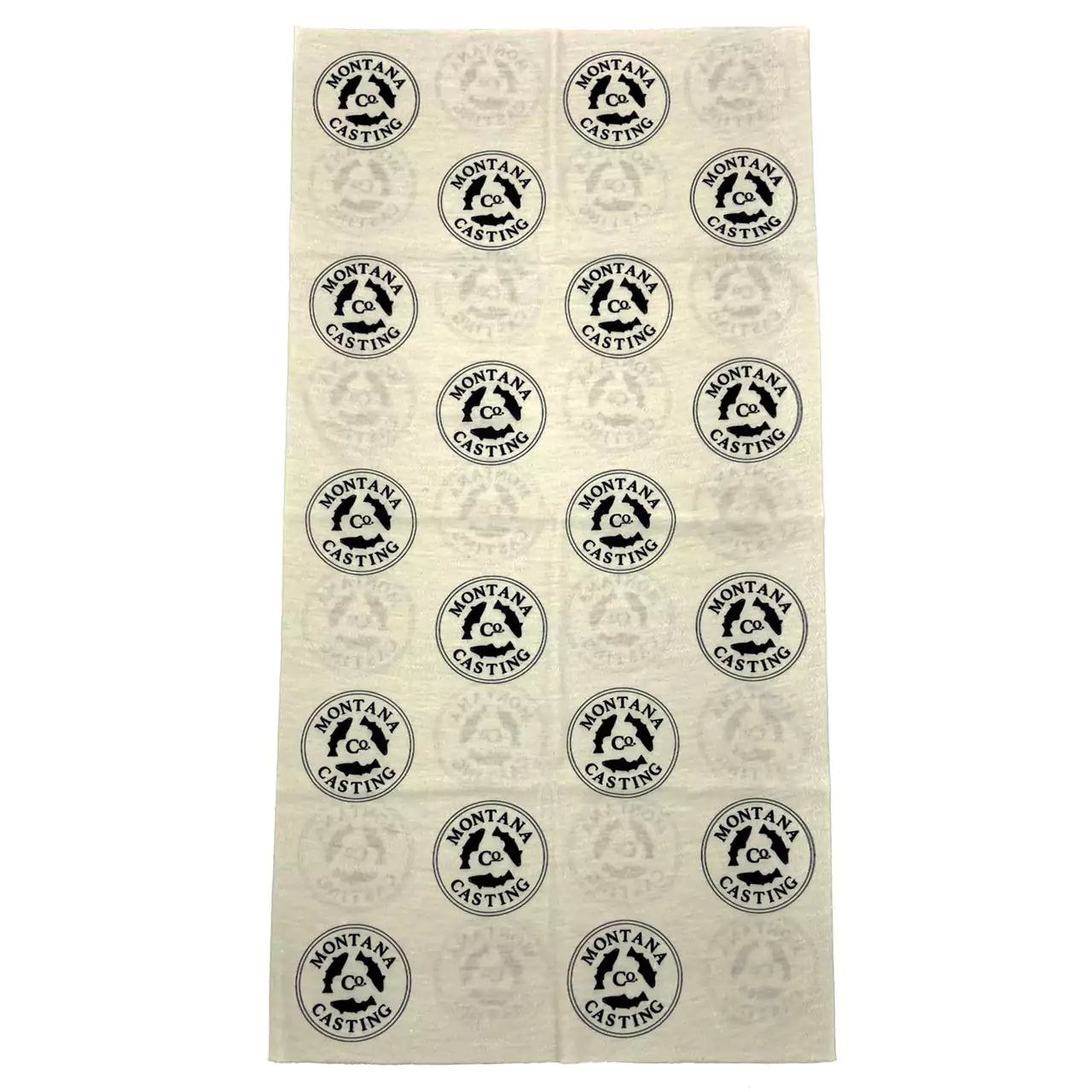
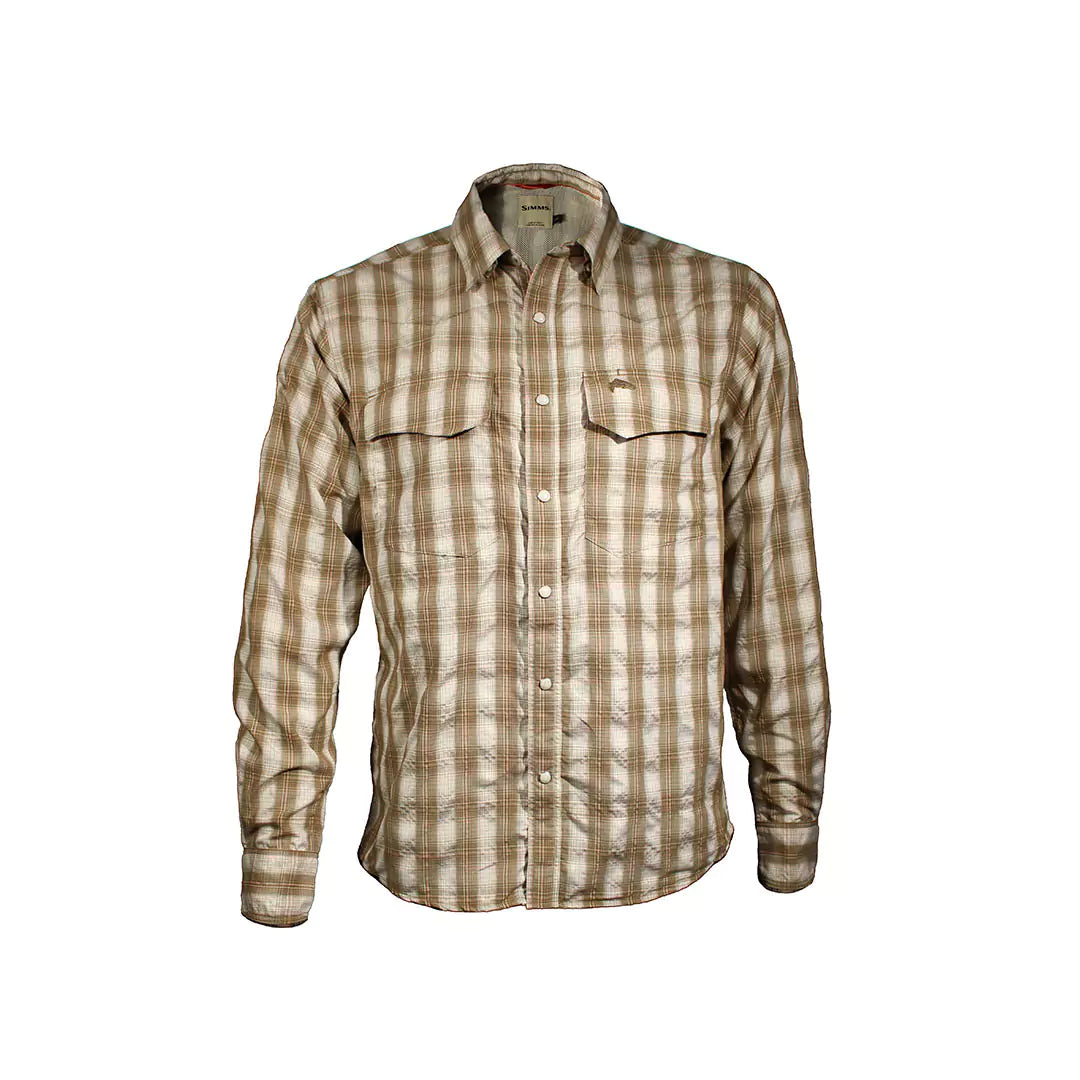
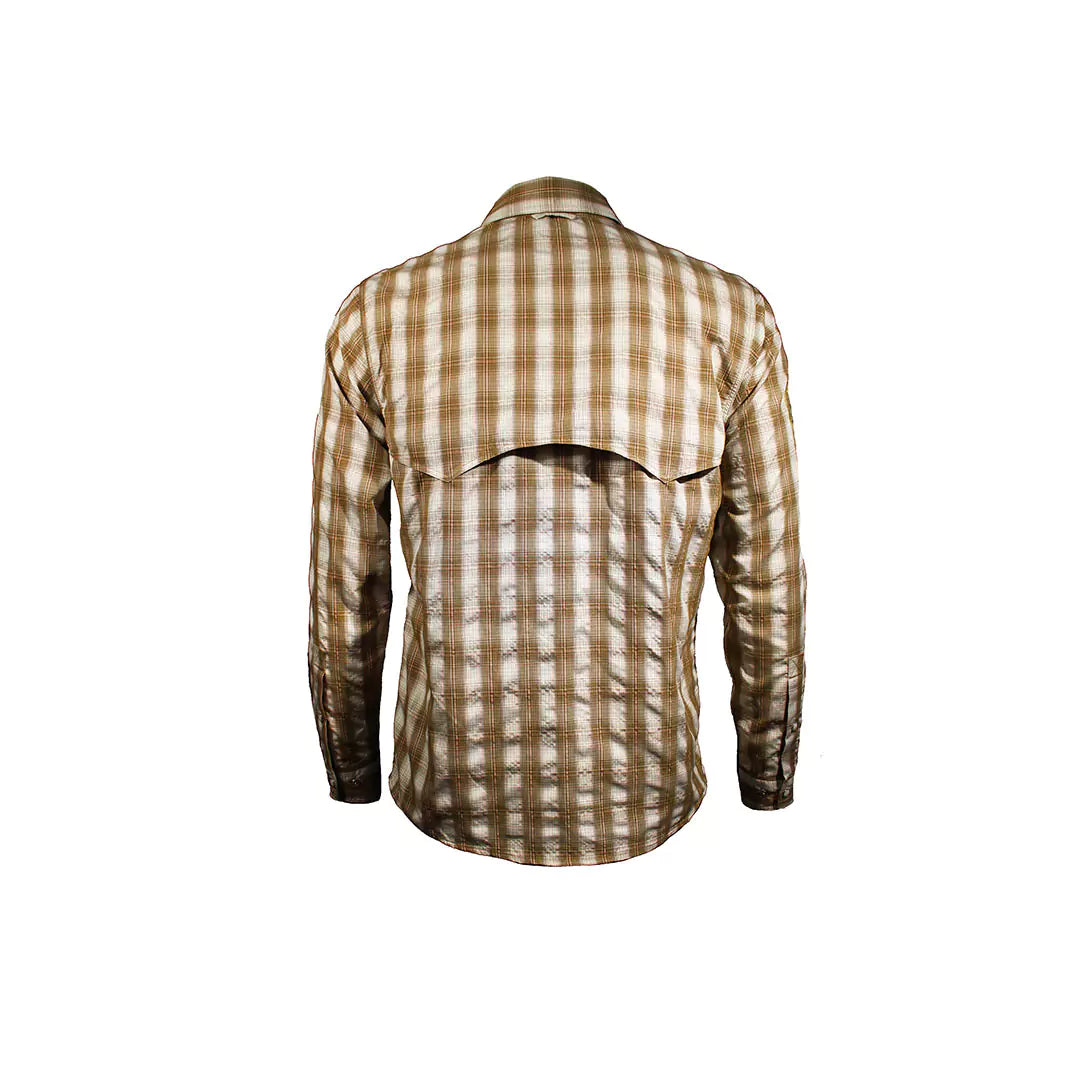
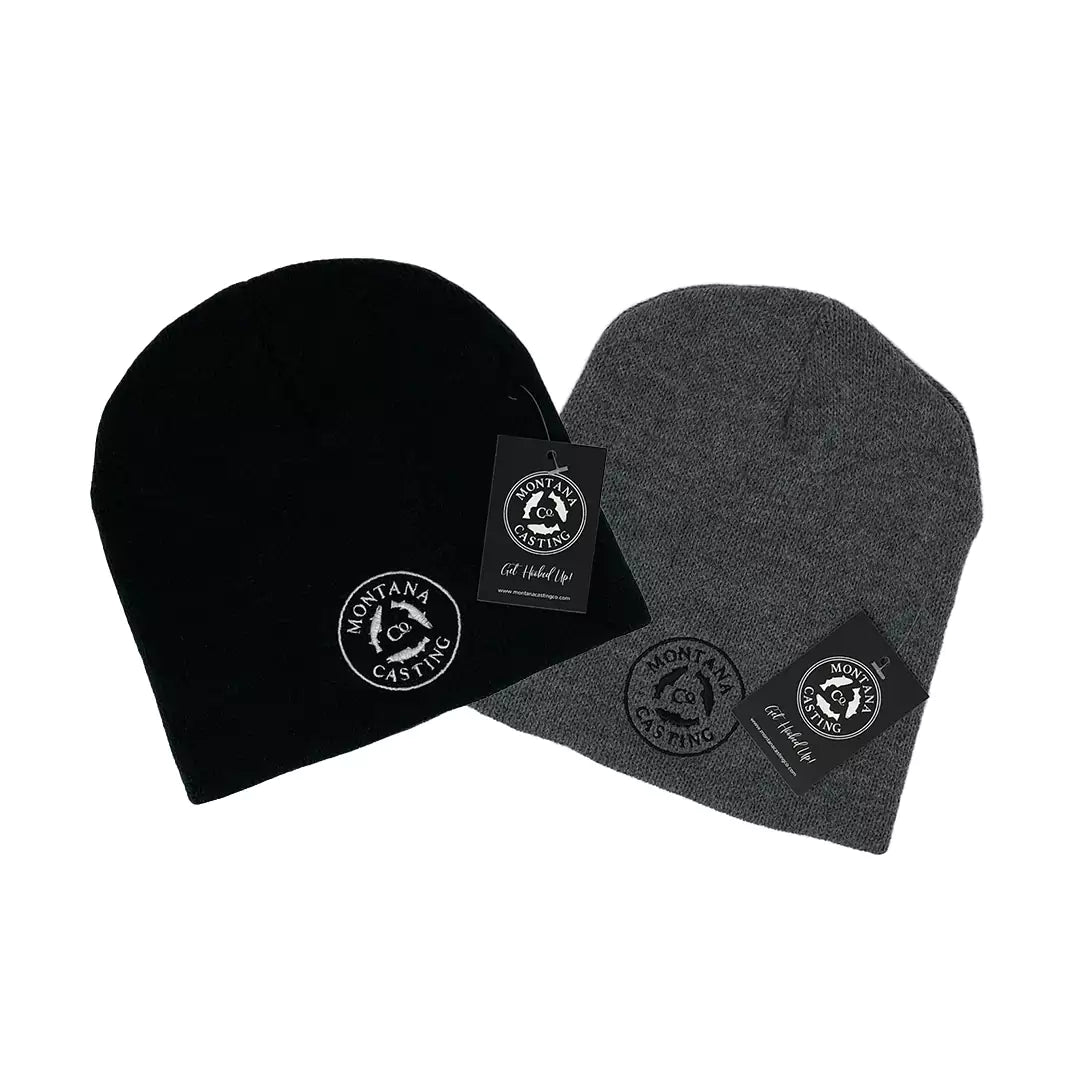
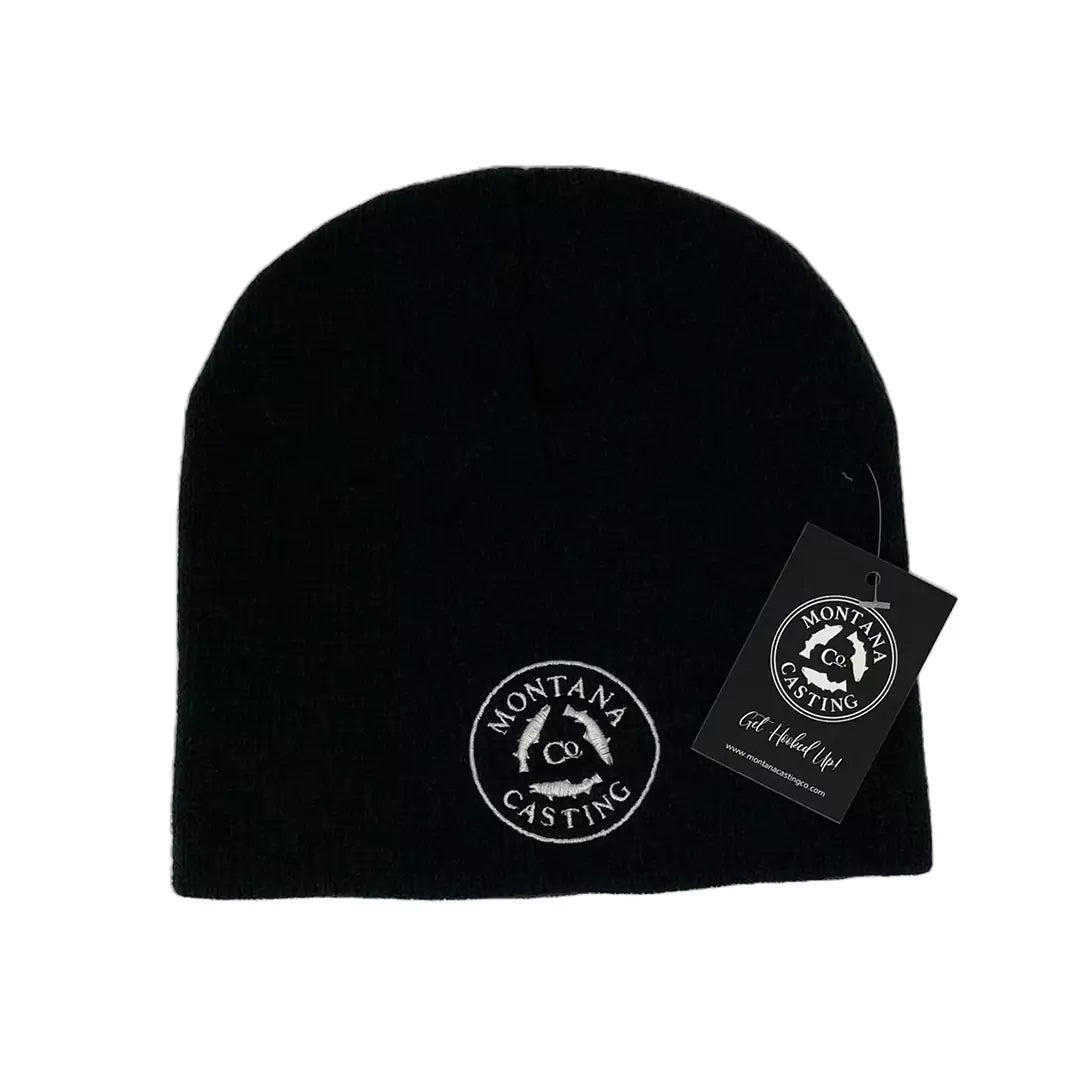
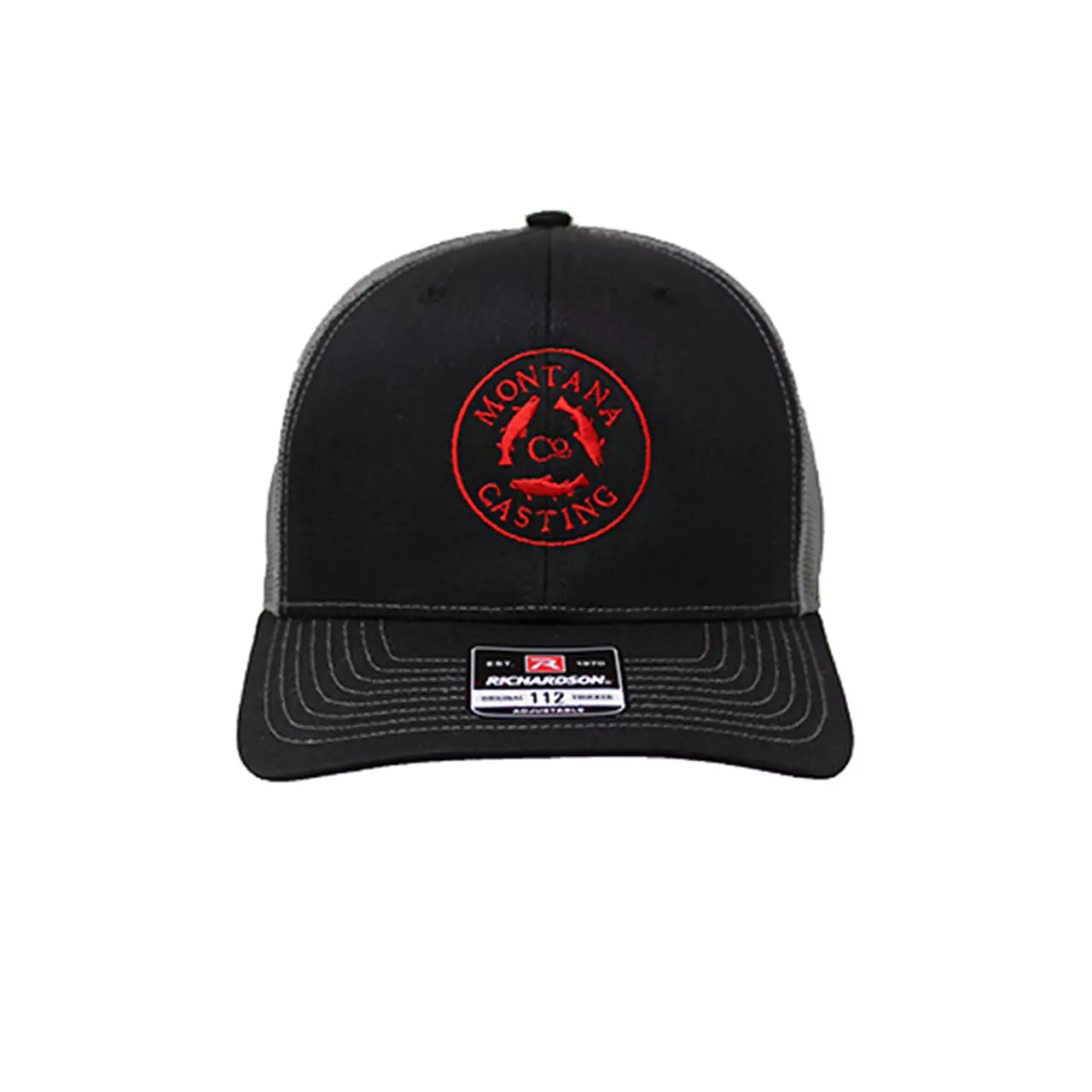
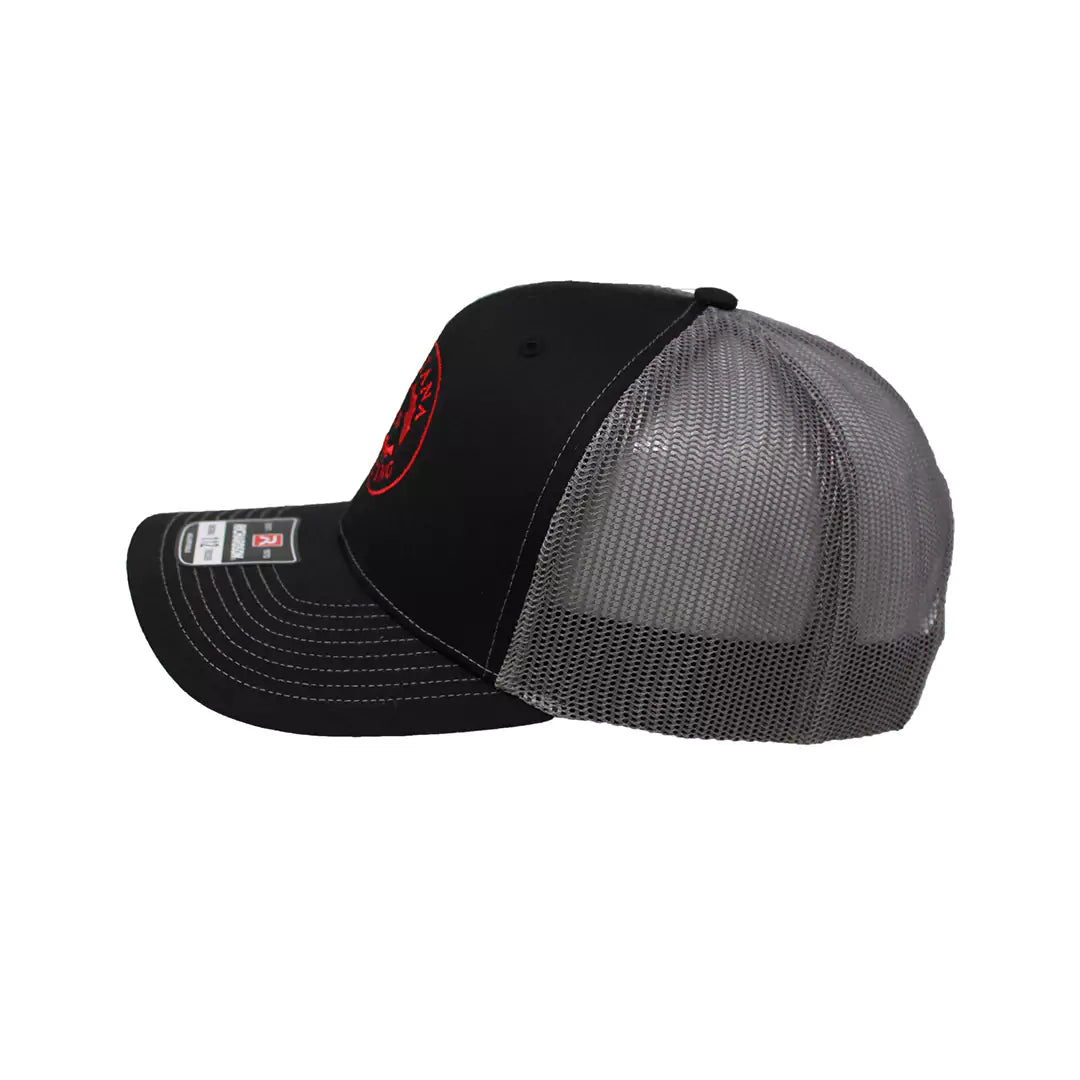
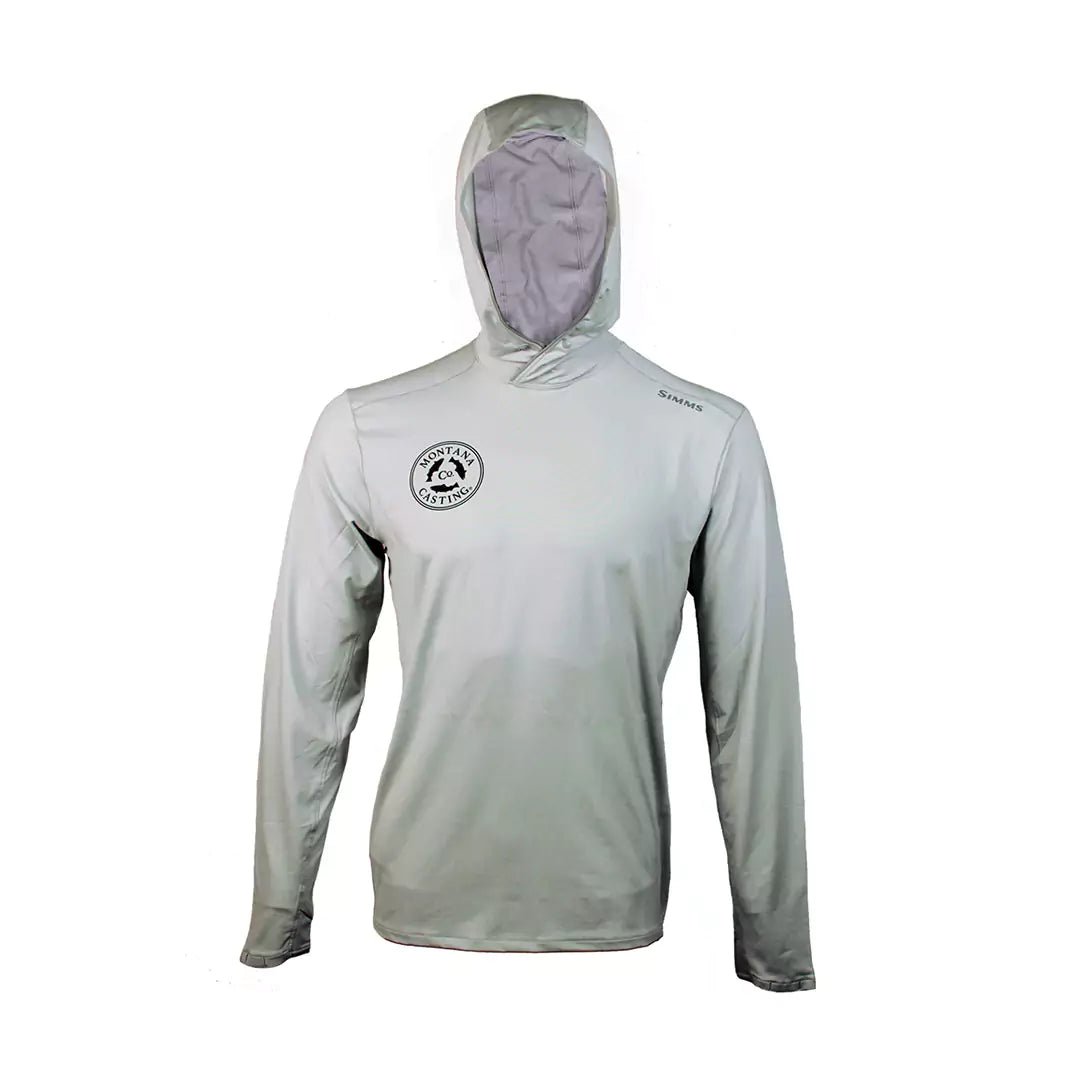
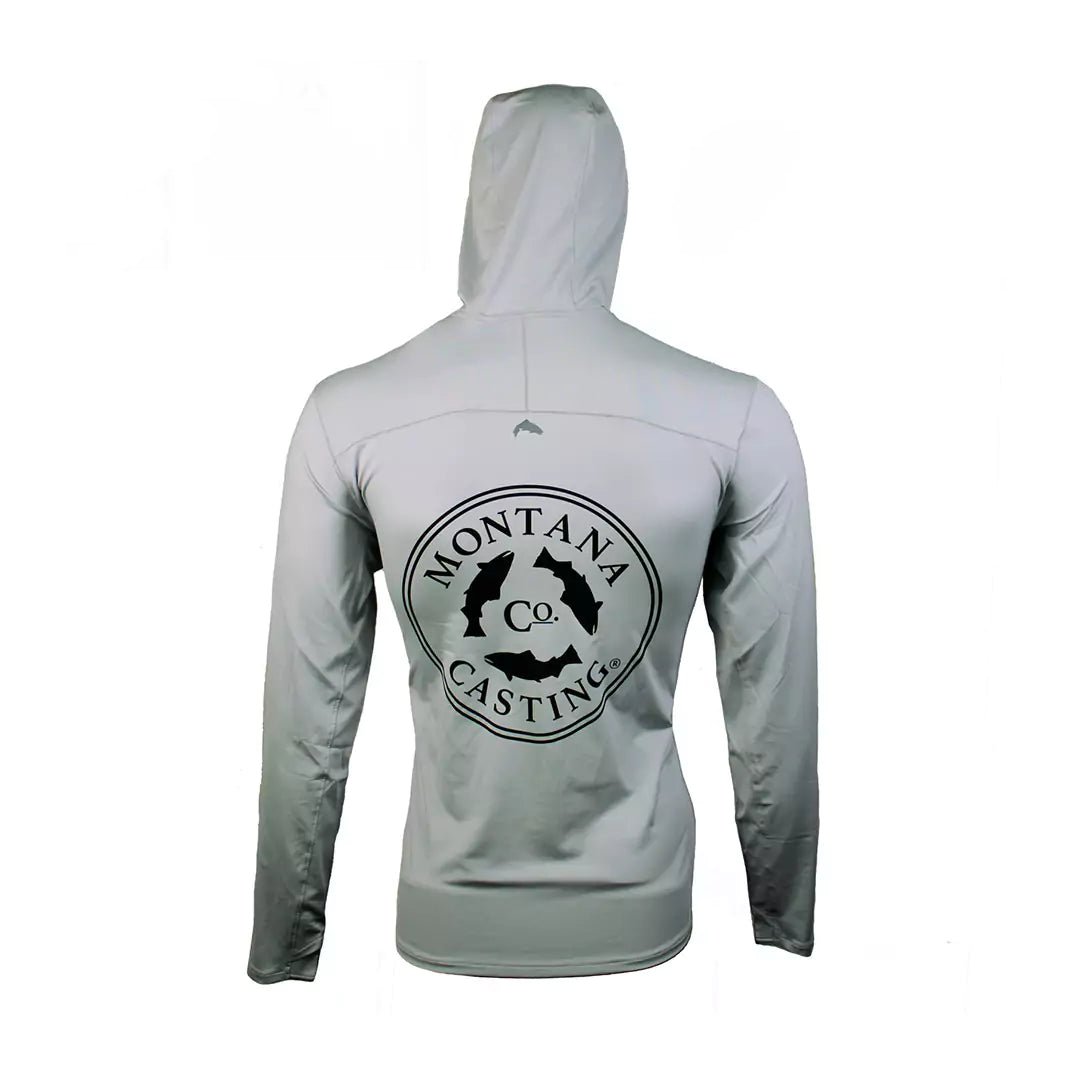
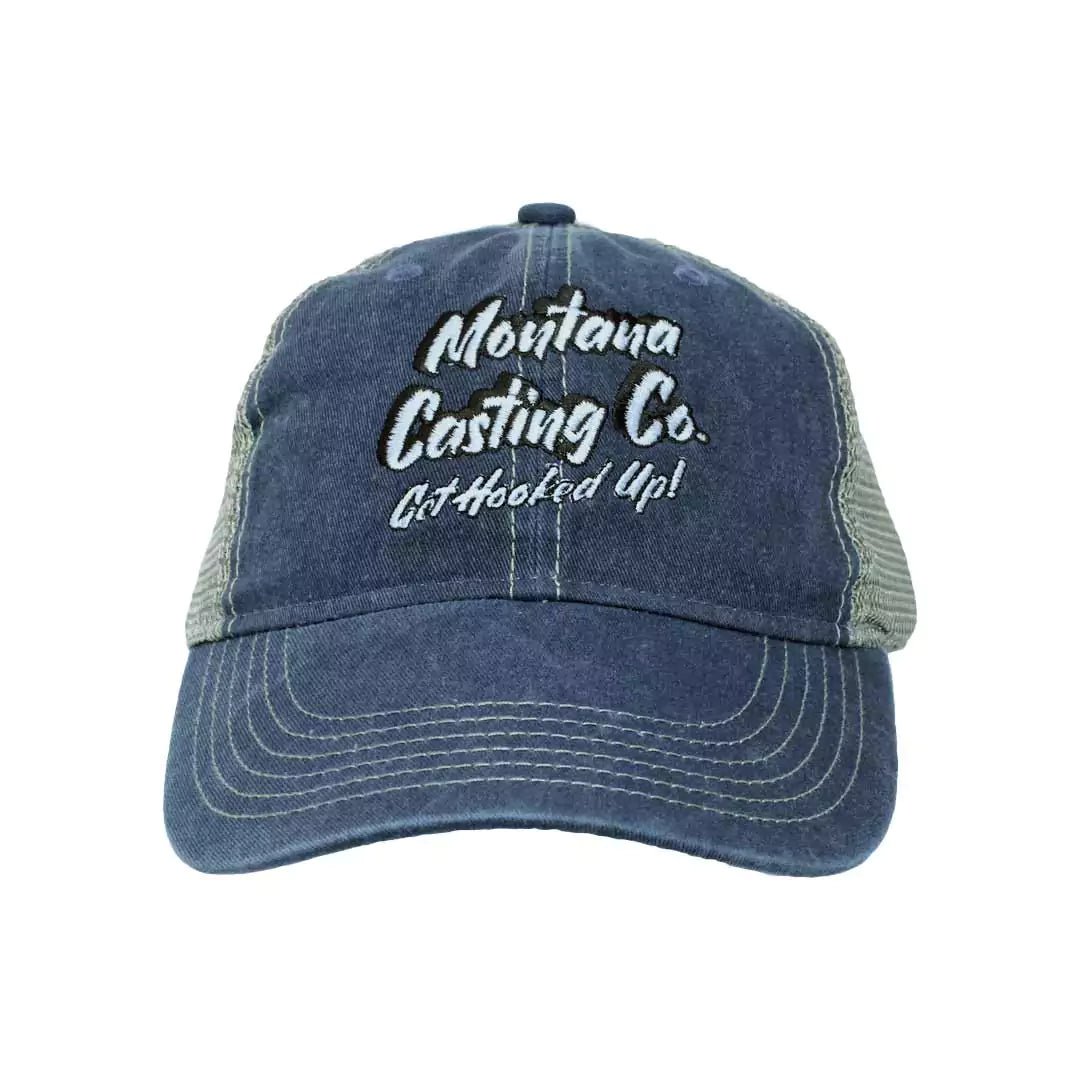
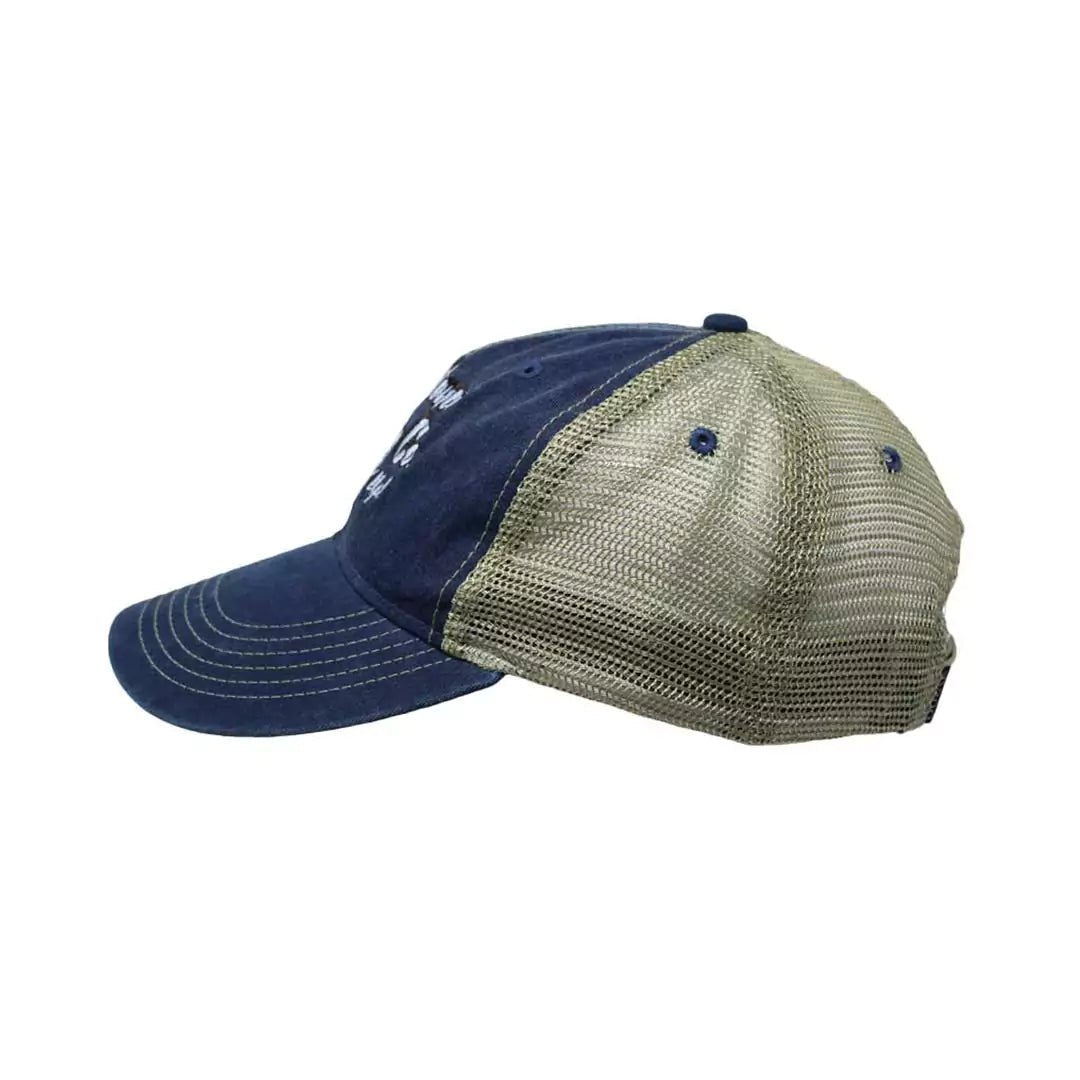
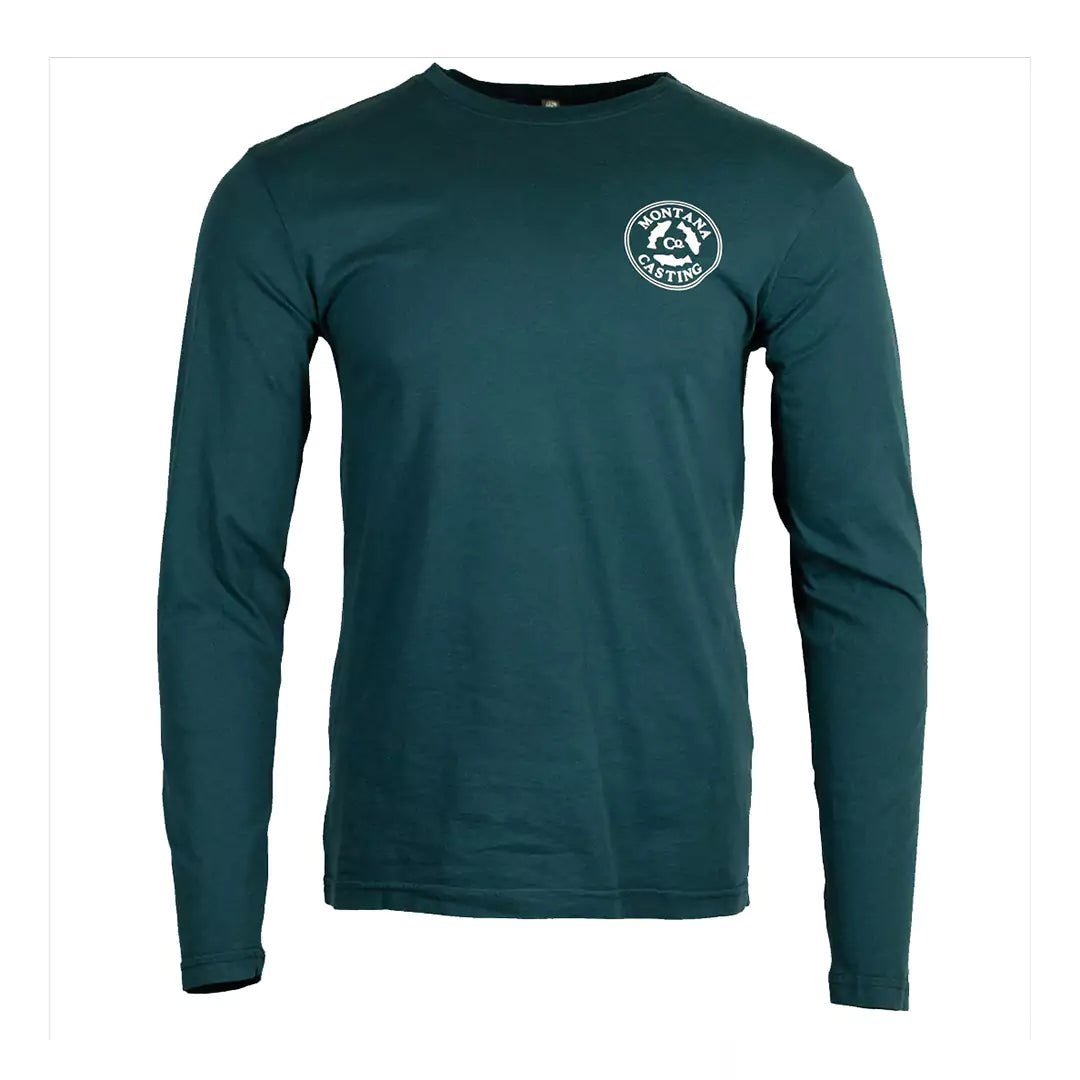
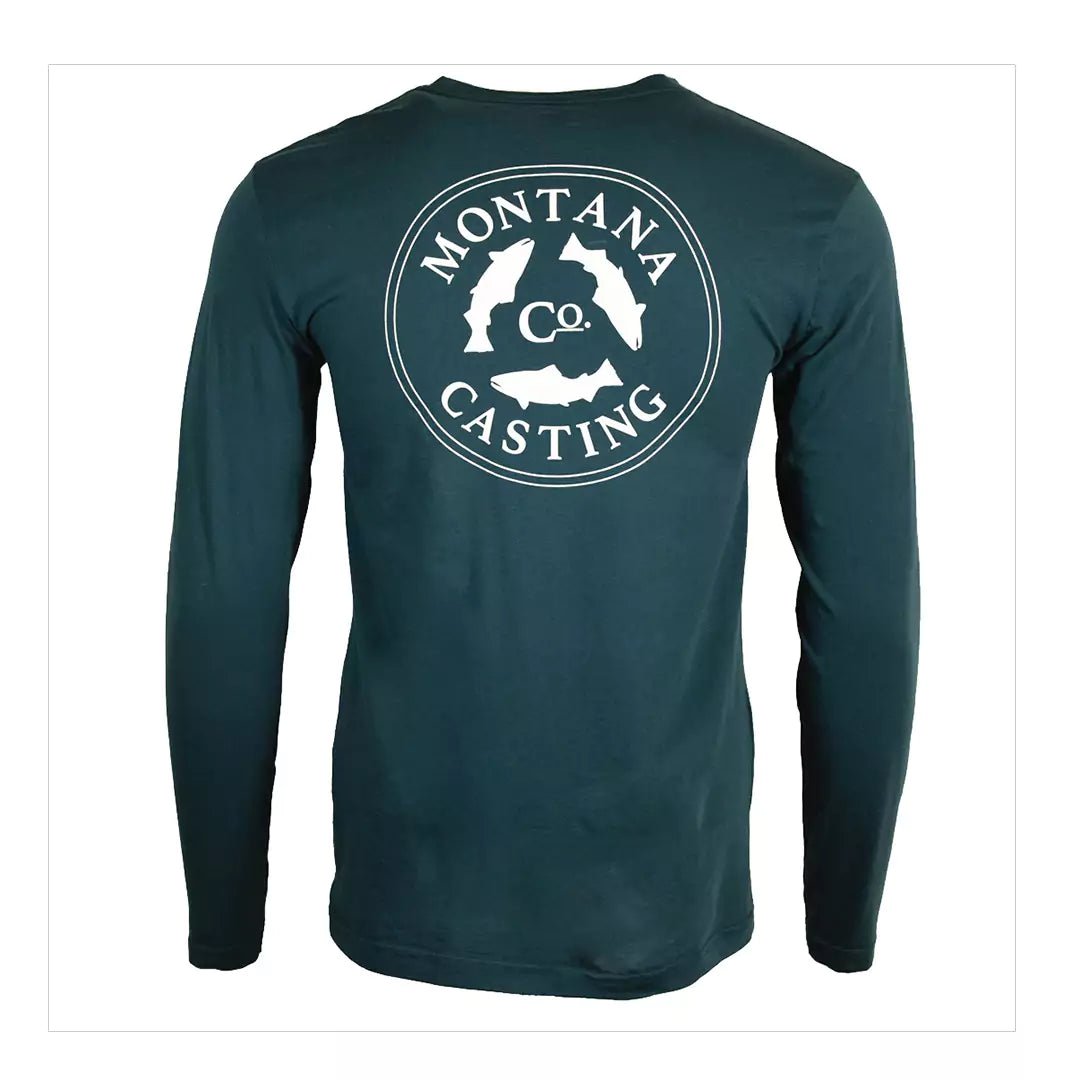
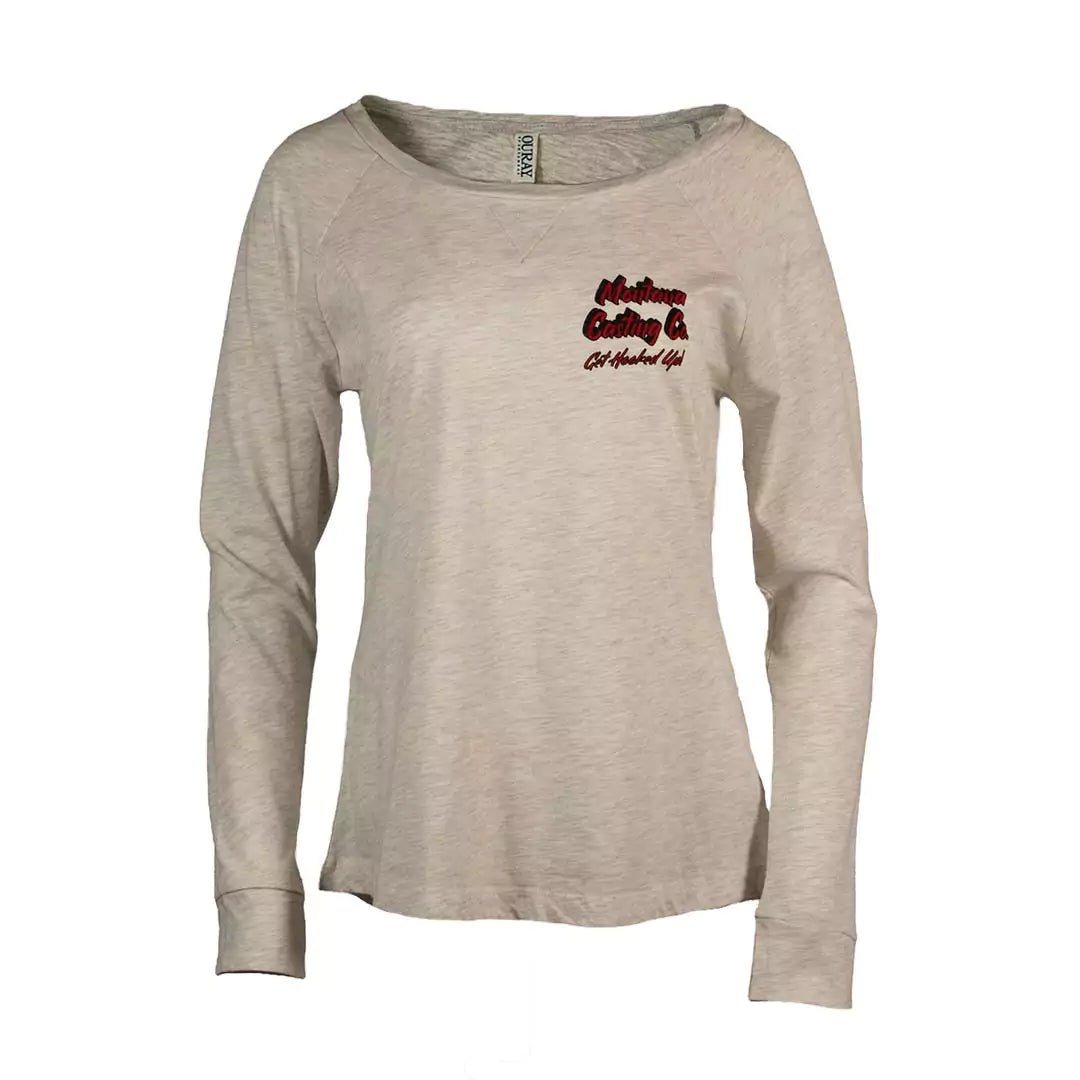
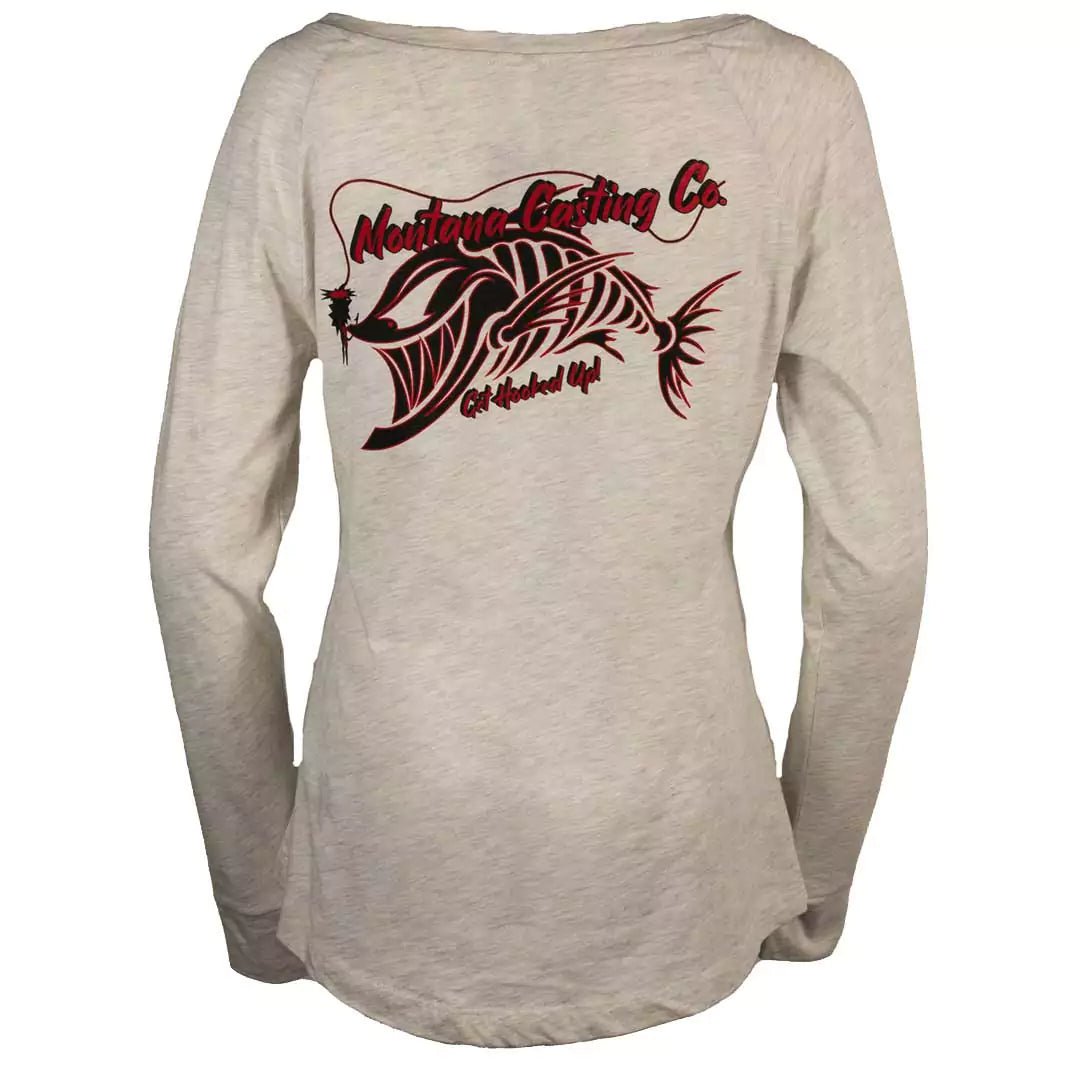
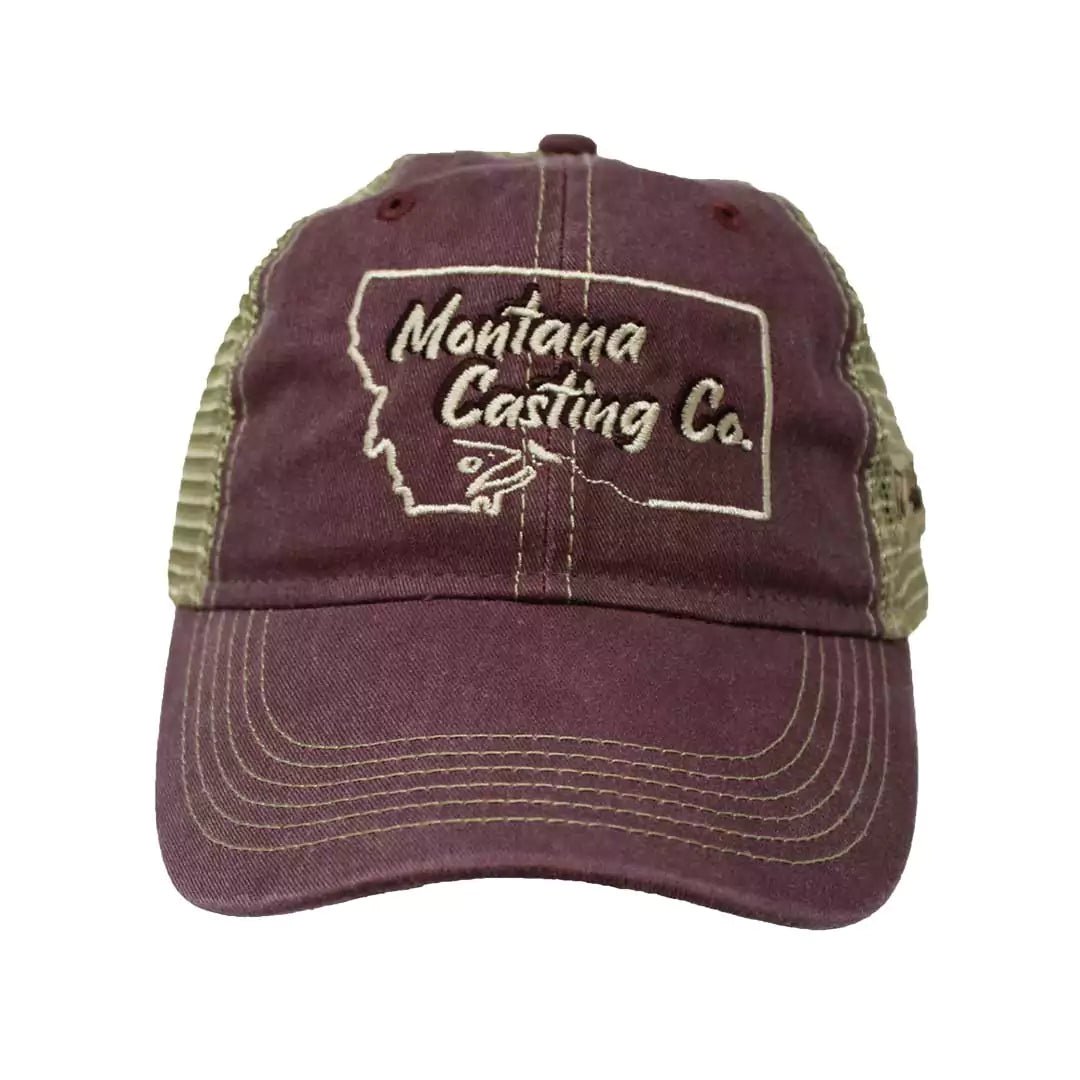
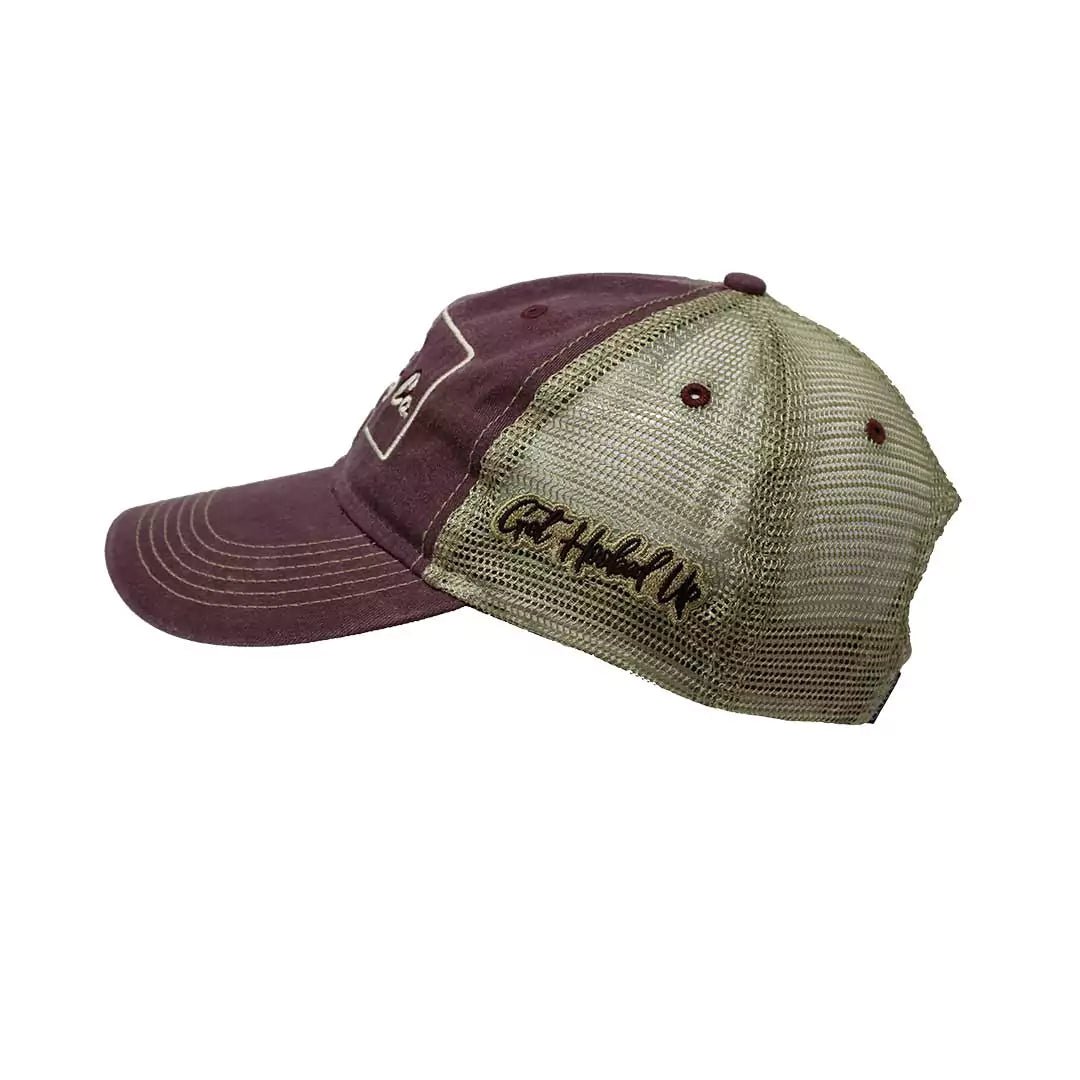
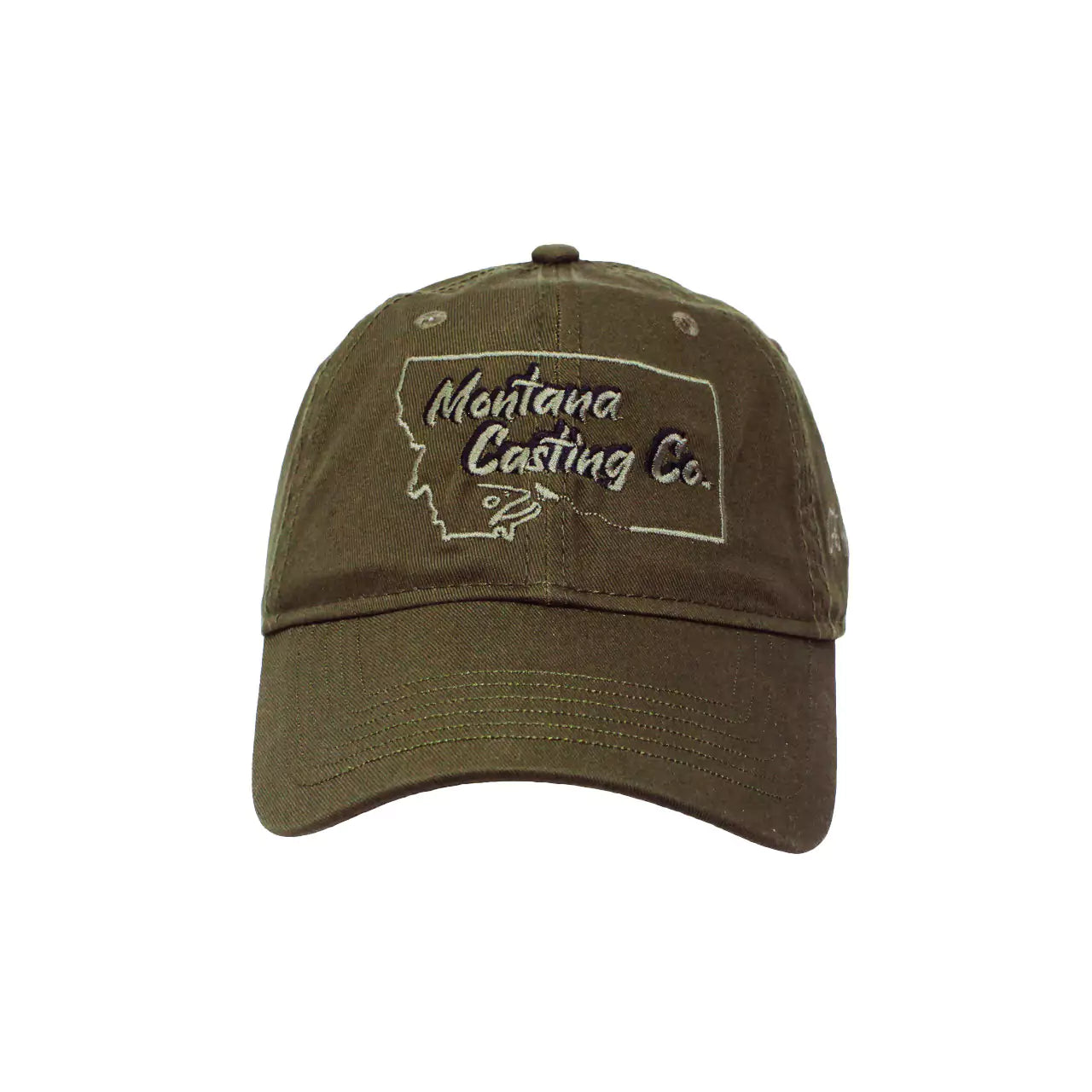
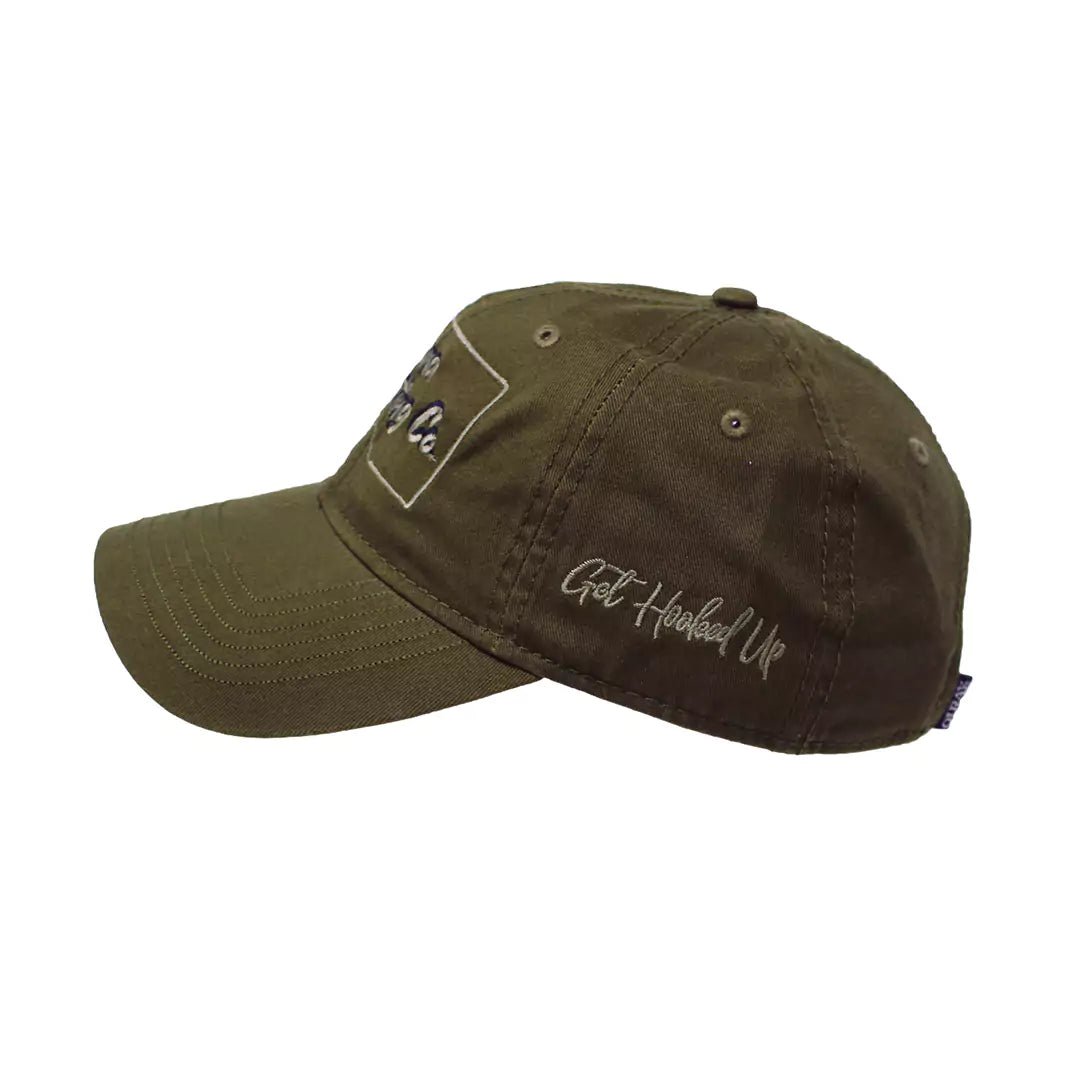
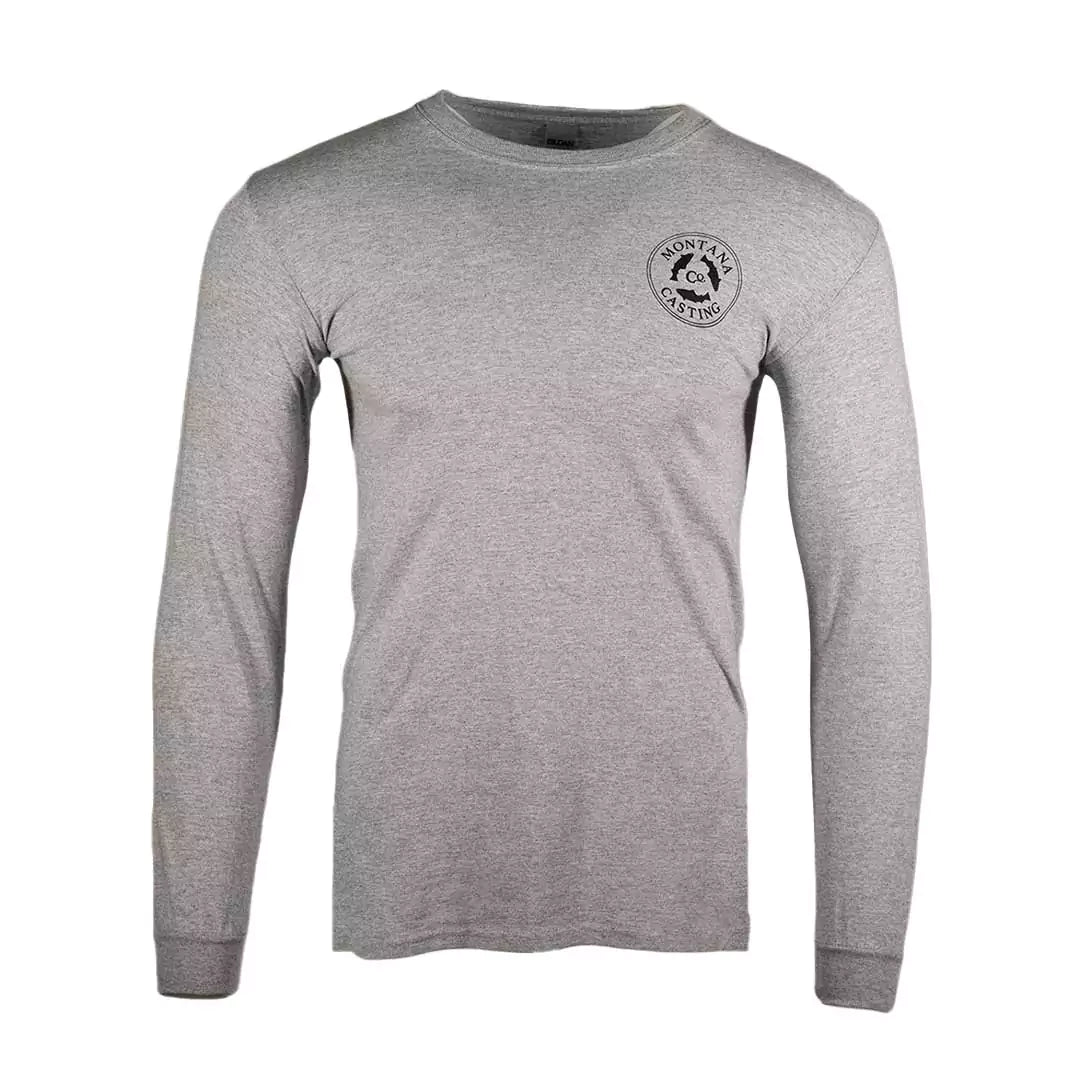
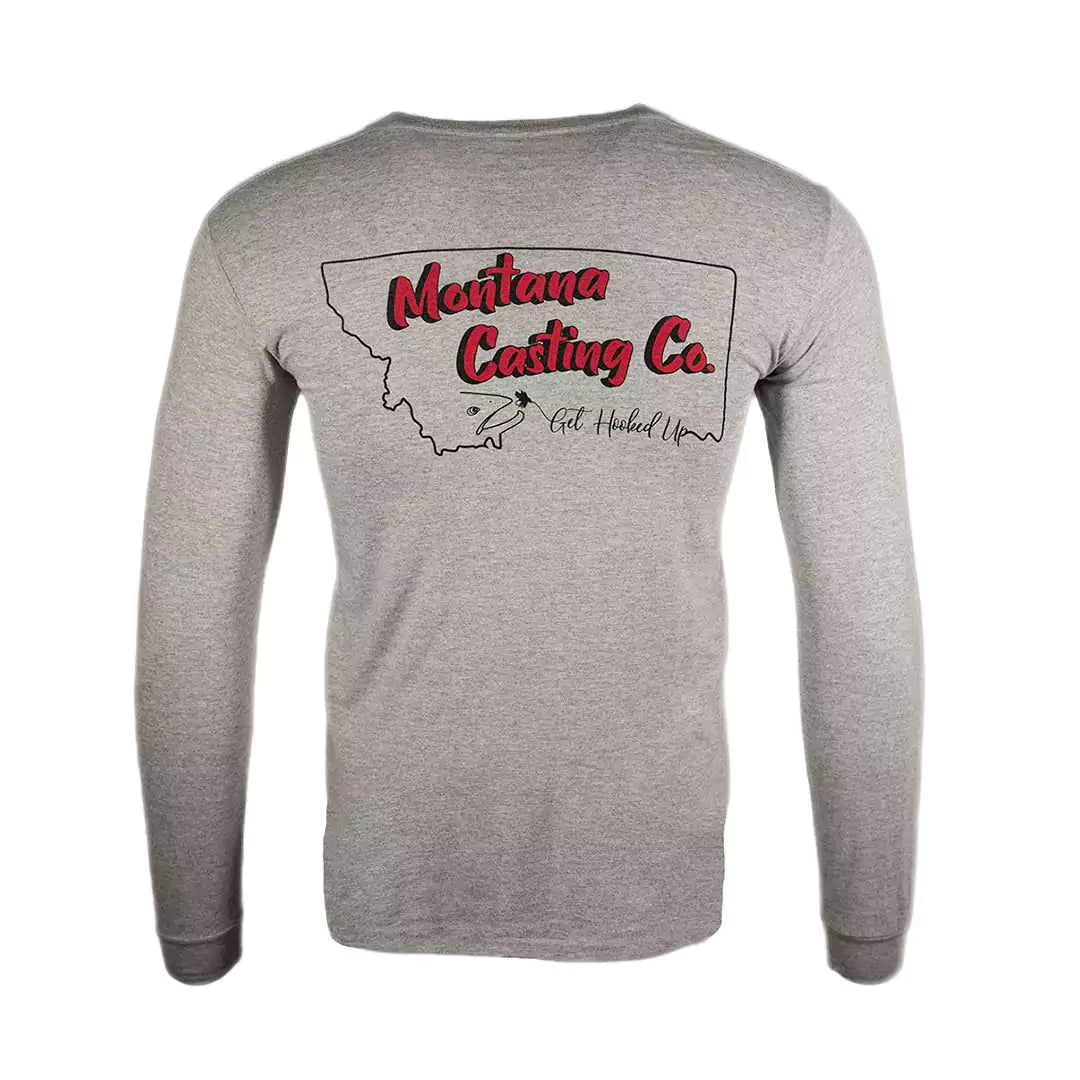
2 comments
Hi Tim! We’re glad you enjoyed the article—and happy to hear you took the time to look us up after seeing our ad in Fly Fisherman! Thank you for the comment. If you do sign up for a WFA course, we’d love to hear your thoughts on it. First Aid skills are one of those things you hope you never have to use but will be glad for if you do need them.
- Hannah Dreesbach
Really appreciate the thorough article. I will look into and take the WFA course. I do a considerable amount of wading on the Mid-Atlantic rivers and streams. Being prepared for most common first aid is where it is at. I always have a first aid kit in my SUV and have only had a time or two when I needed it. I’ve cut my fingers a couple times while retrieving aluminum cans and needed to treat the cuts. Thanks for the article. I saw it as a result of reading Fly Fisherman June/July 2025 issue and looked up your company after reading your advertisement on Pg. 33.